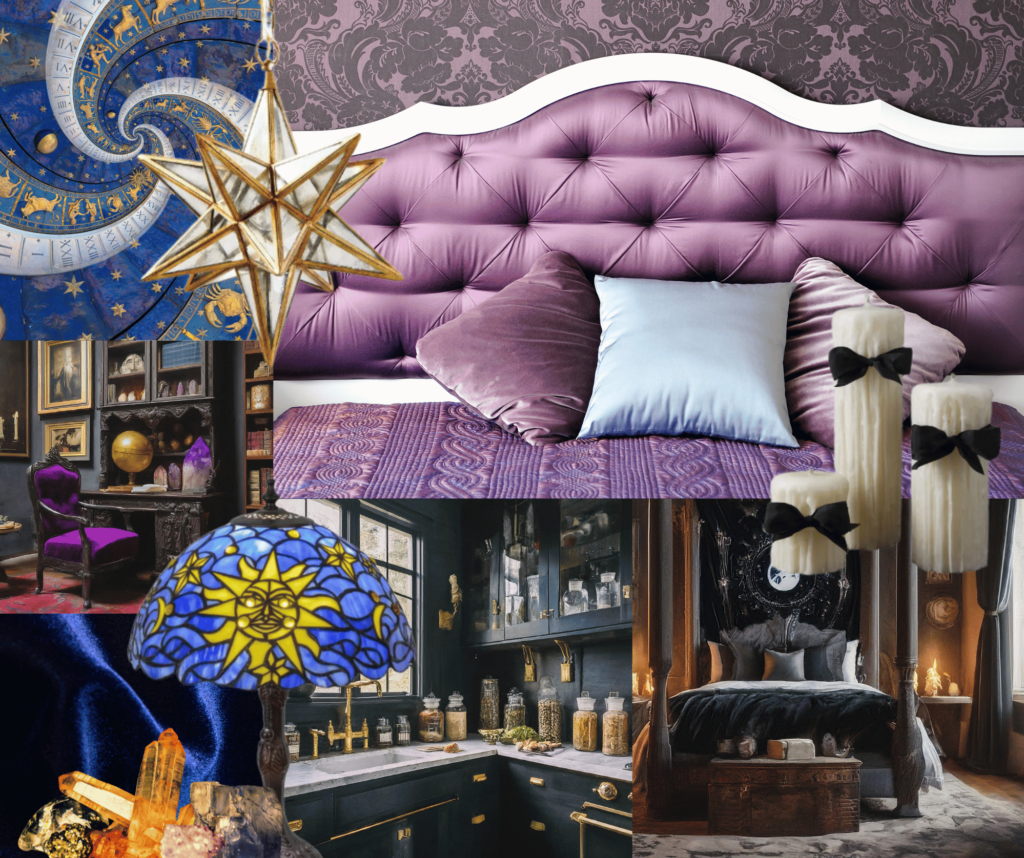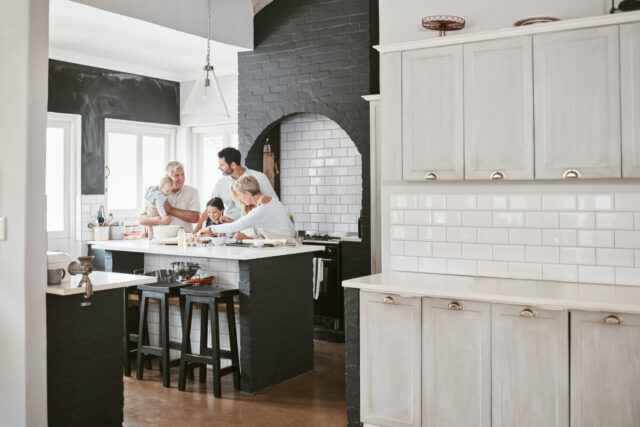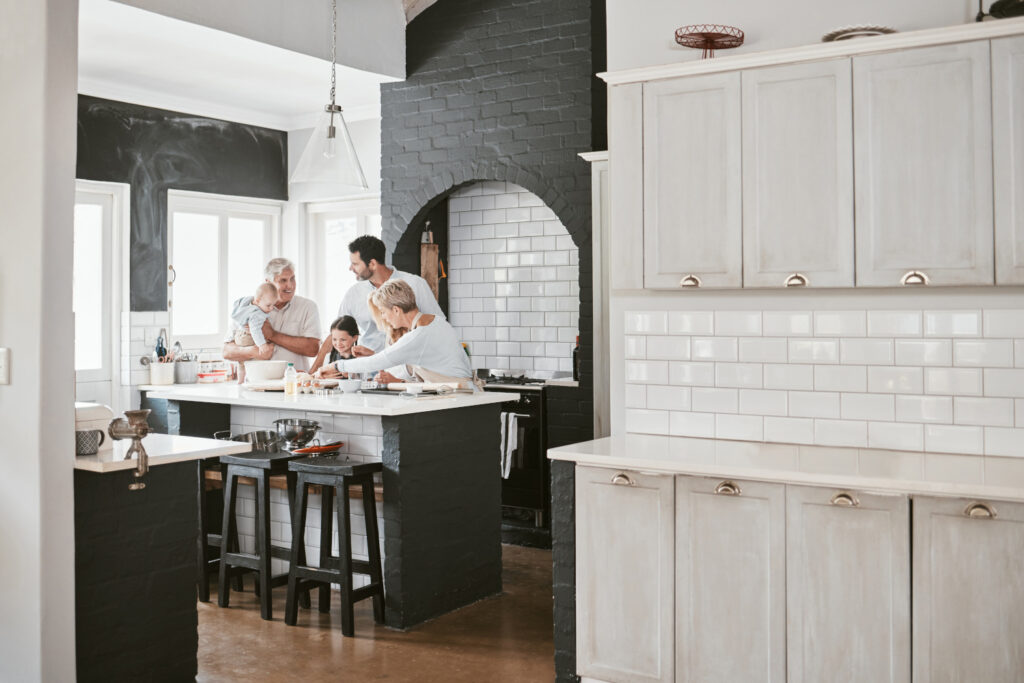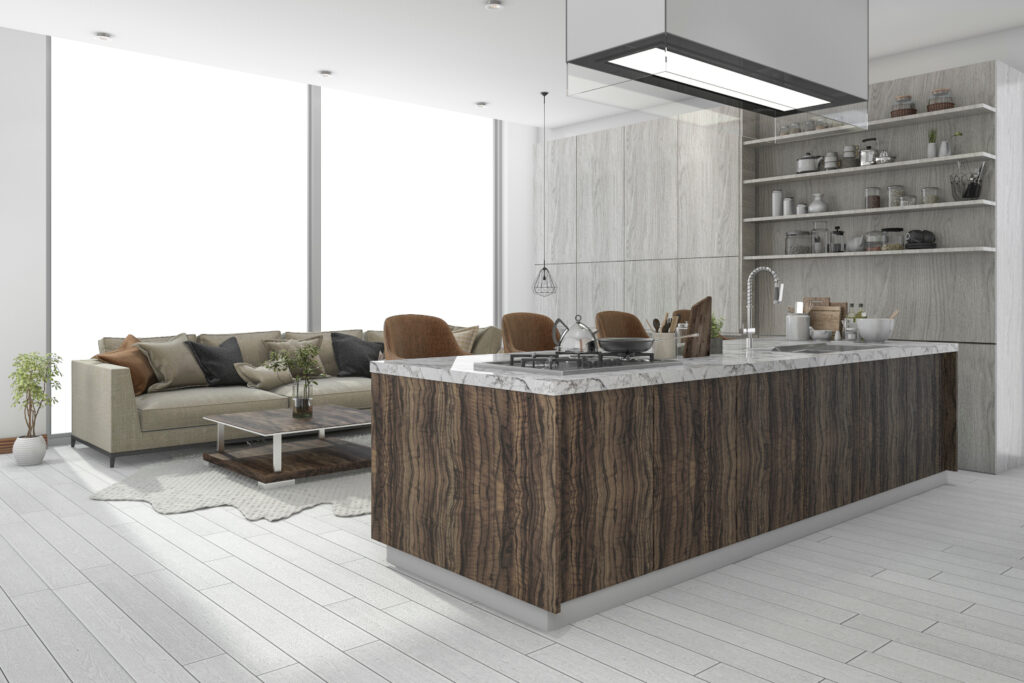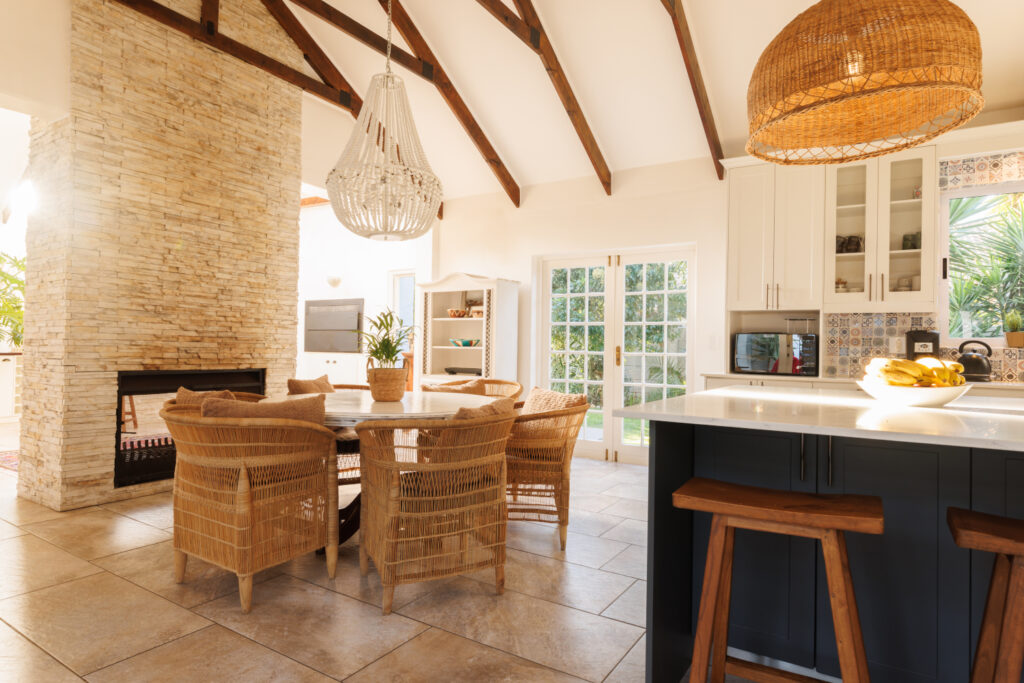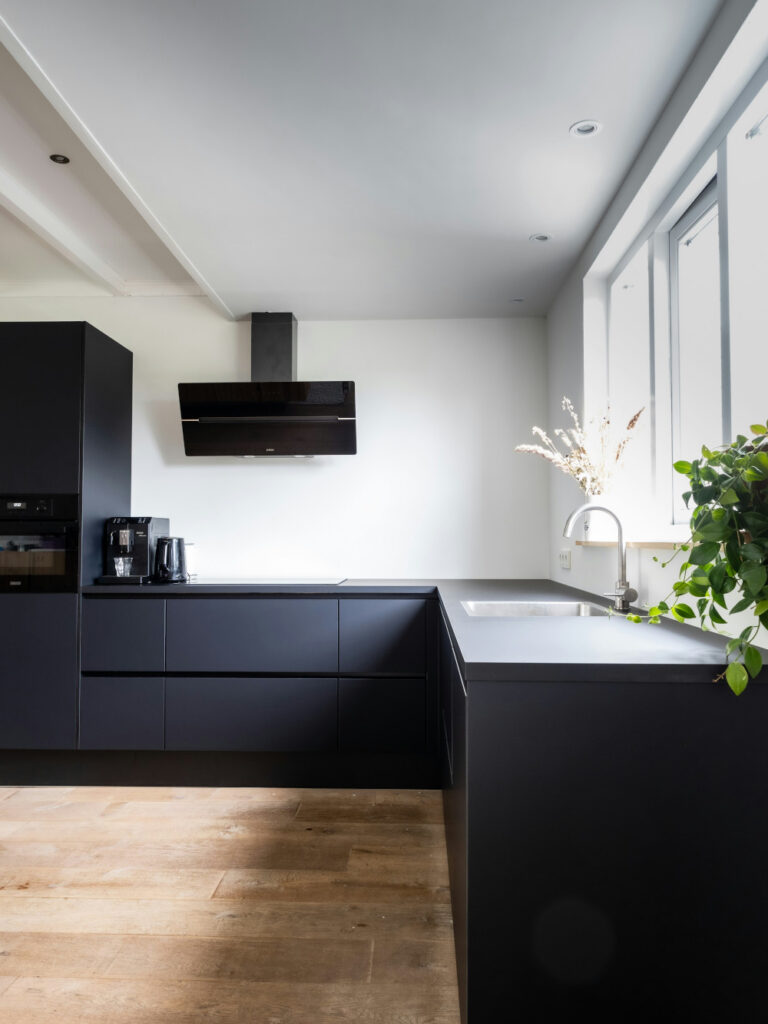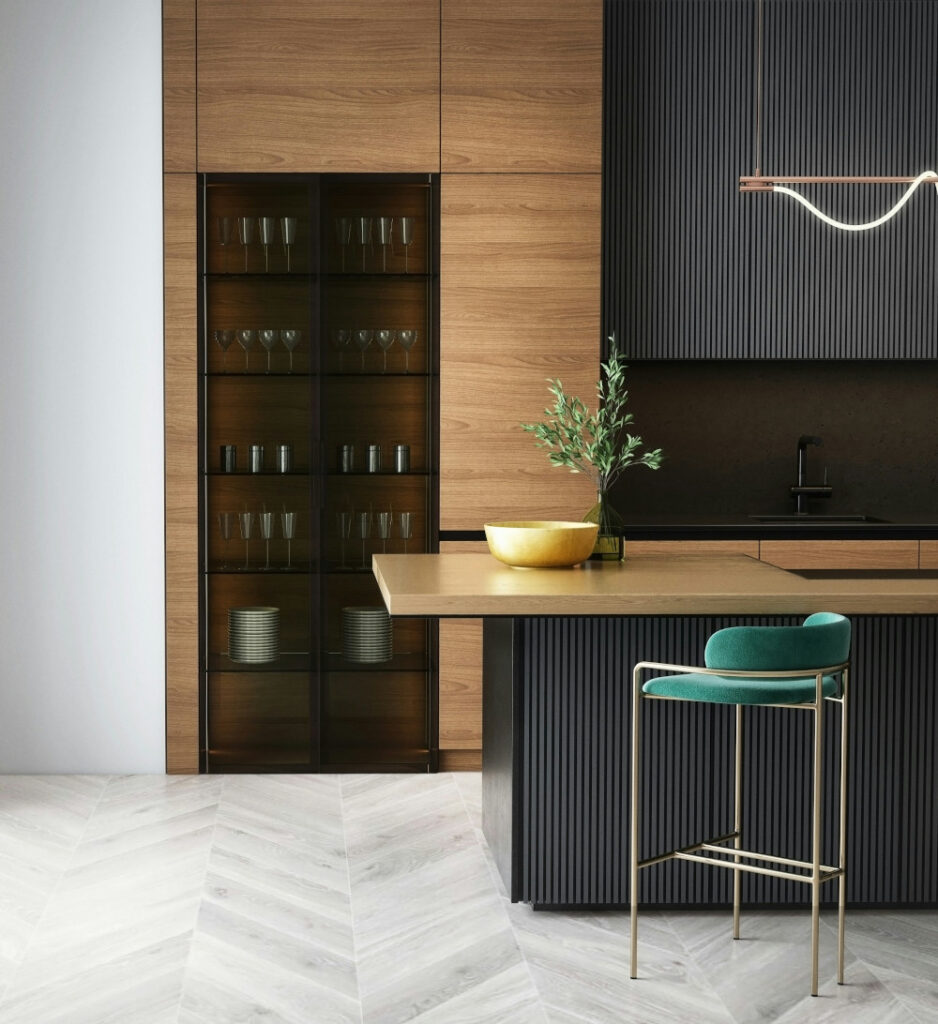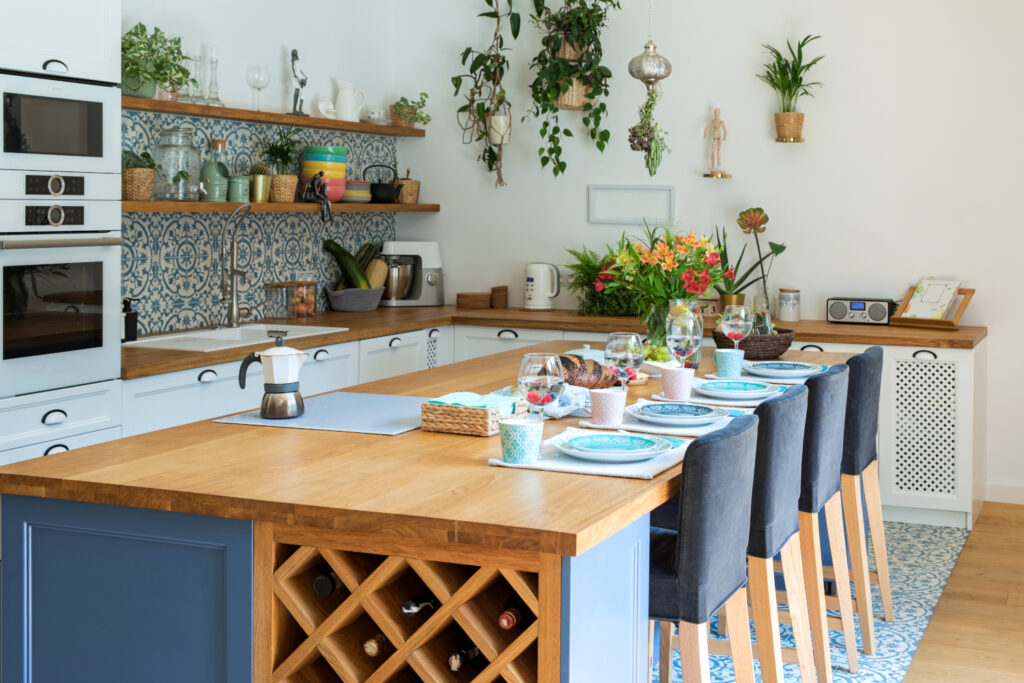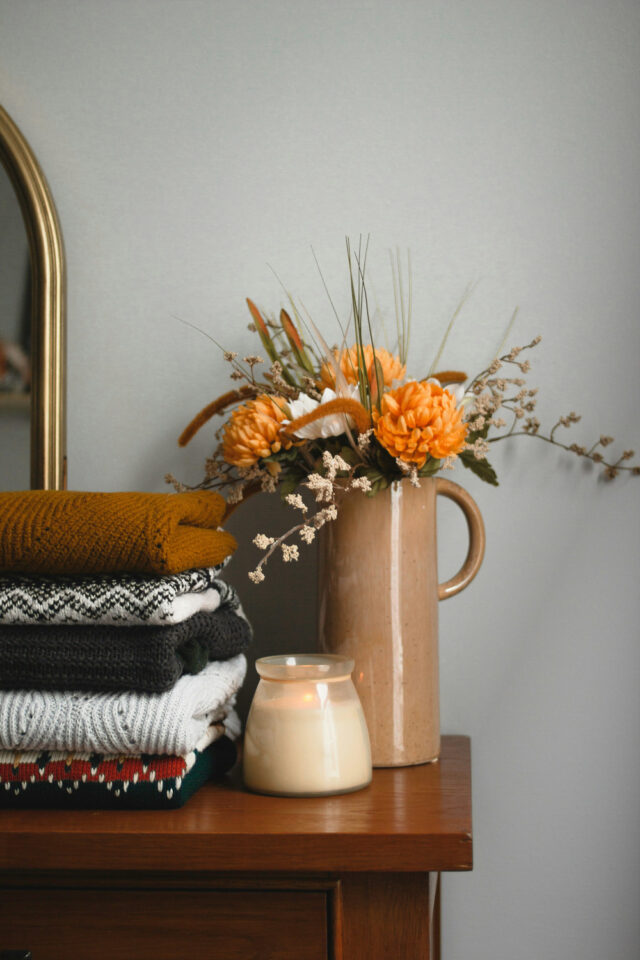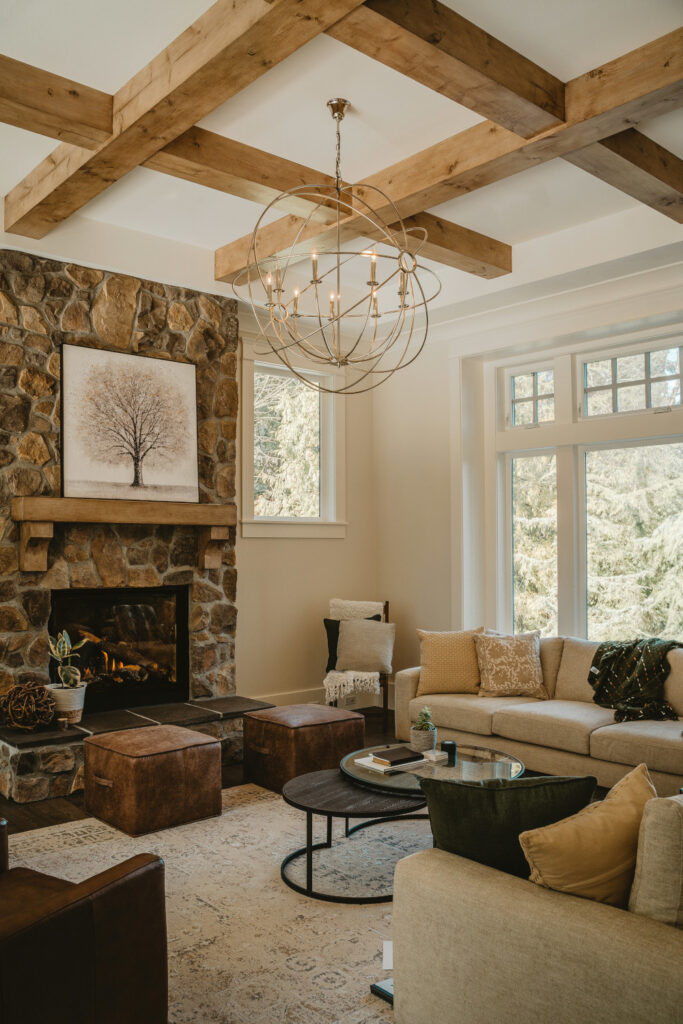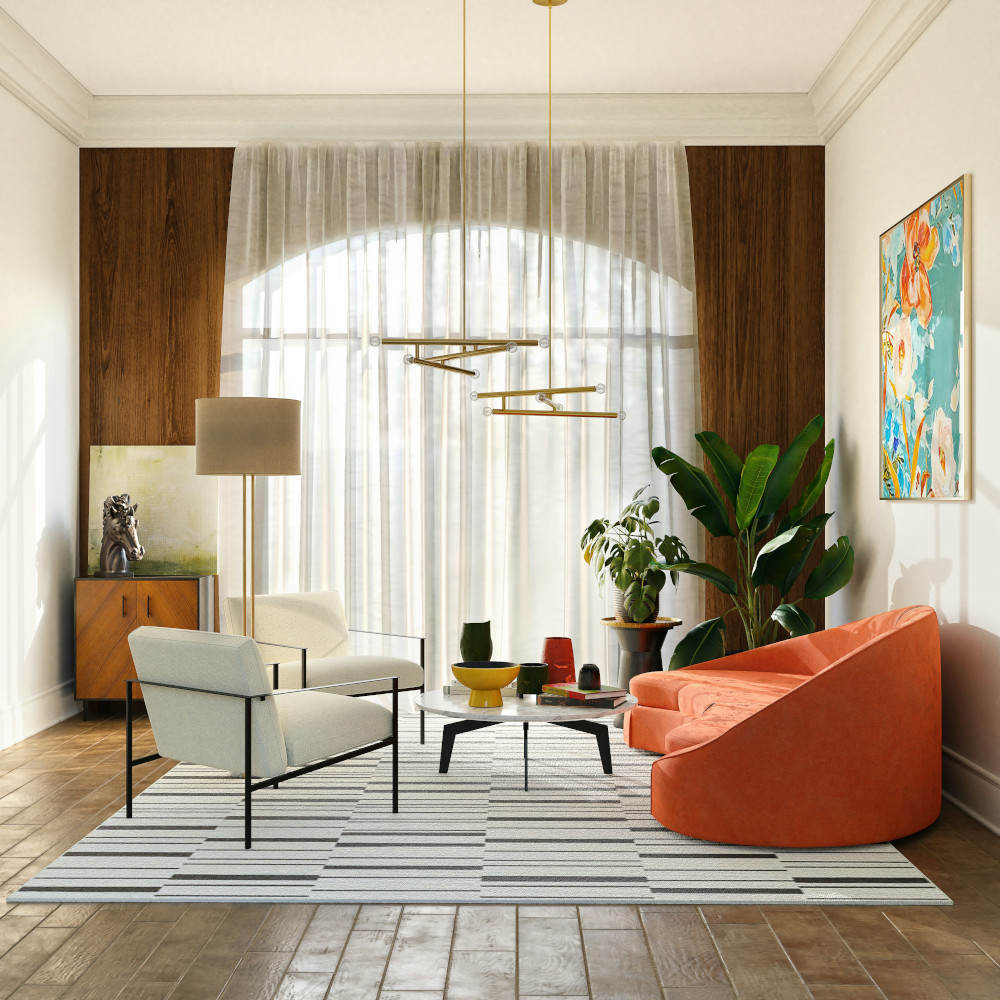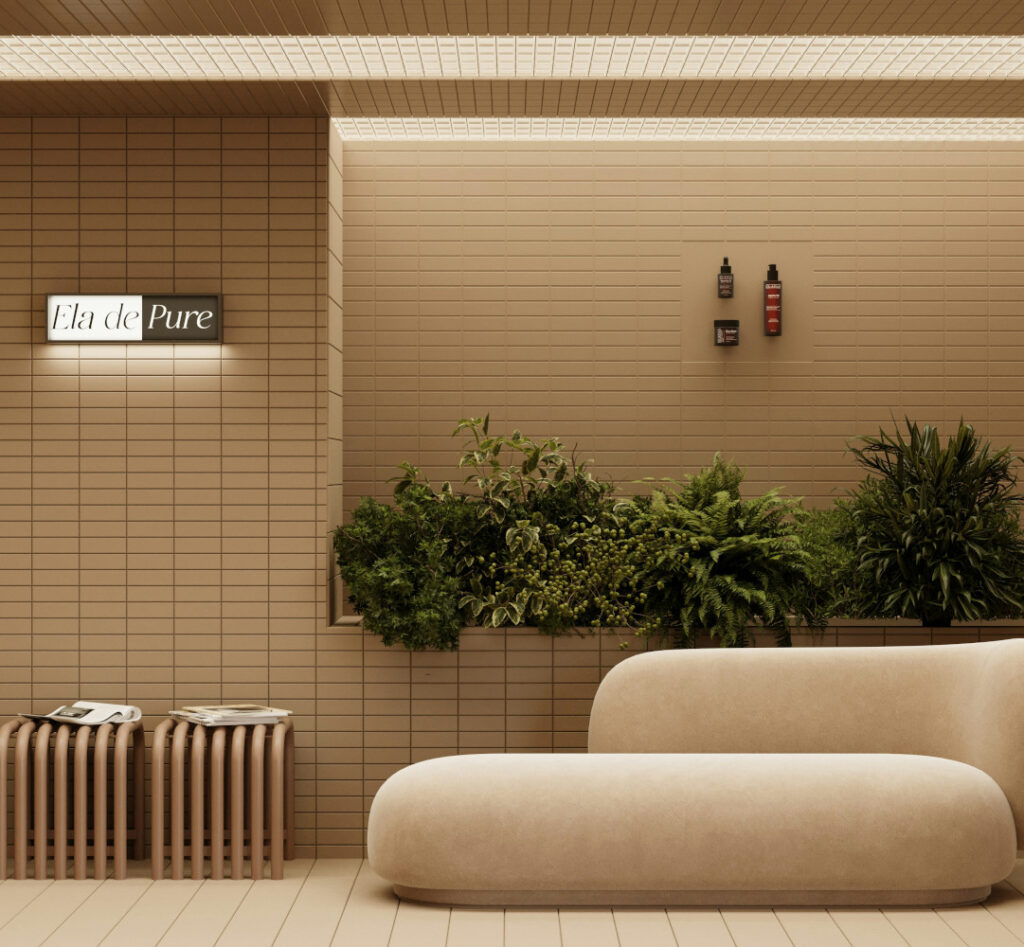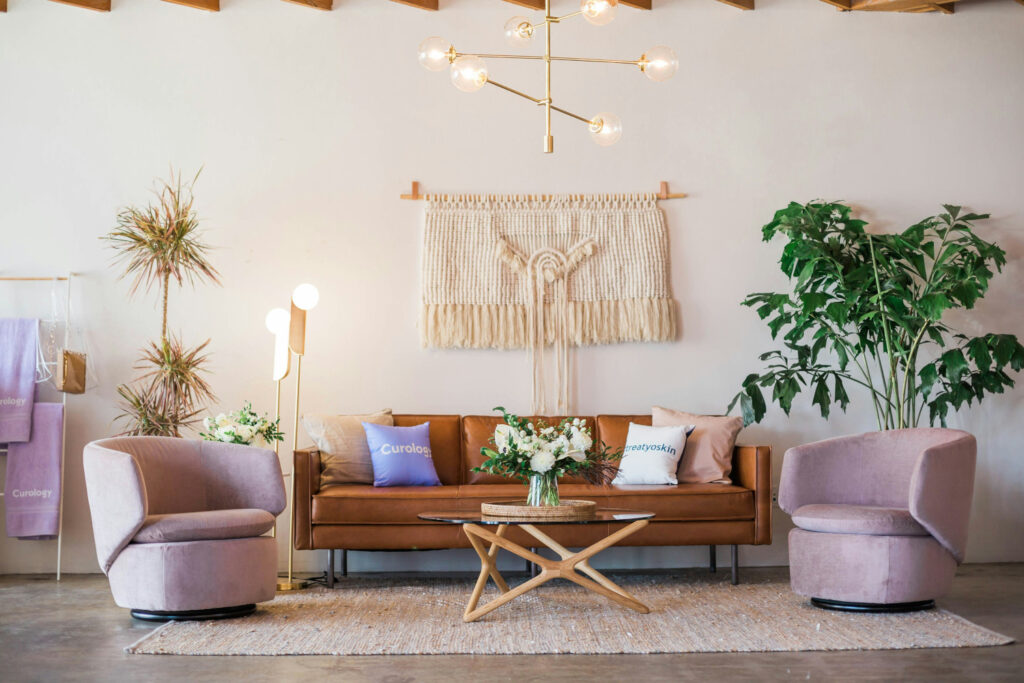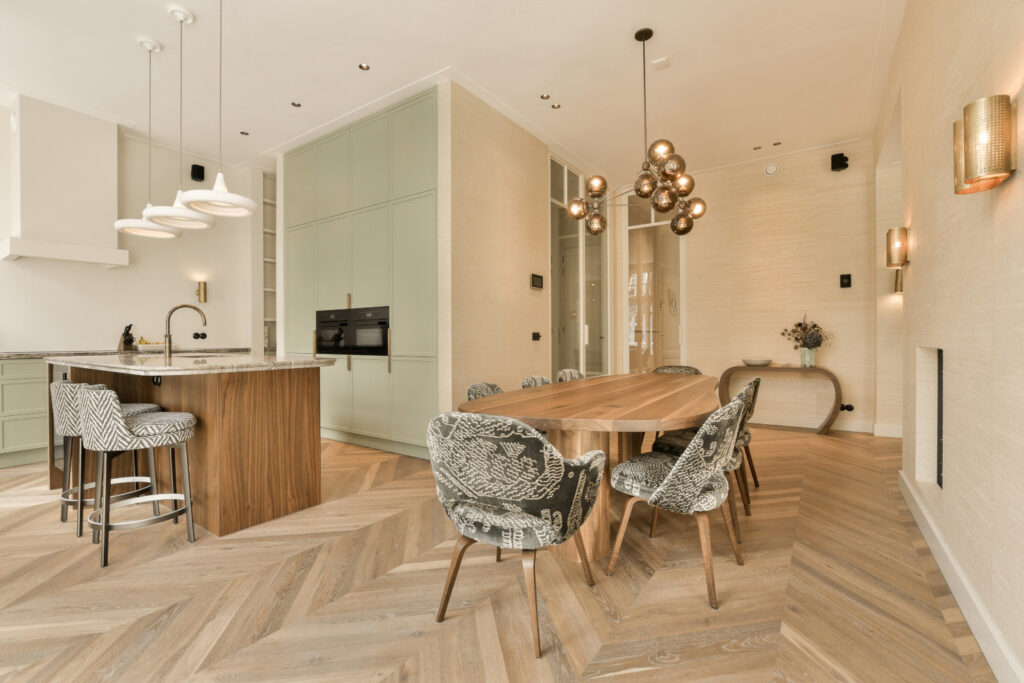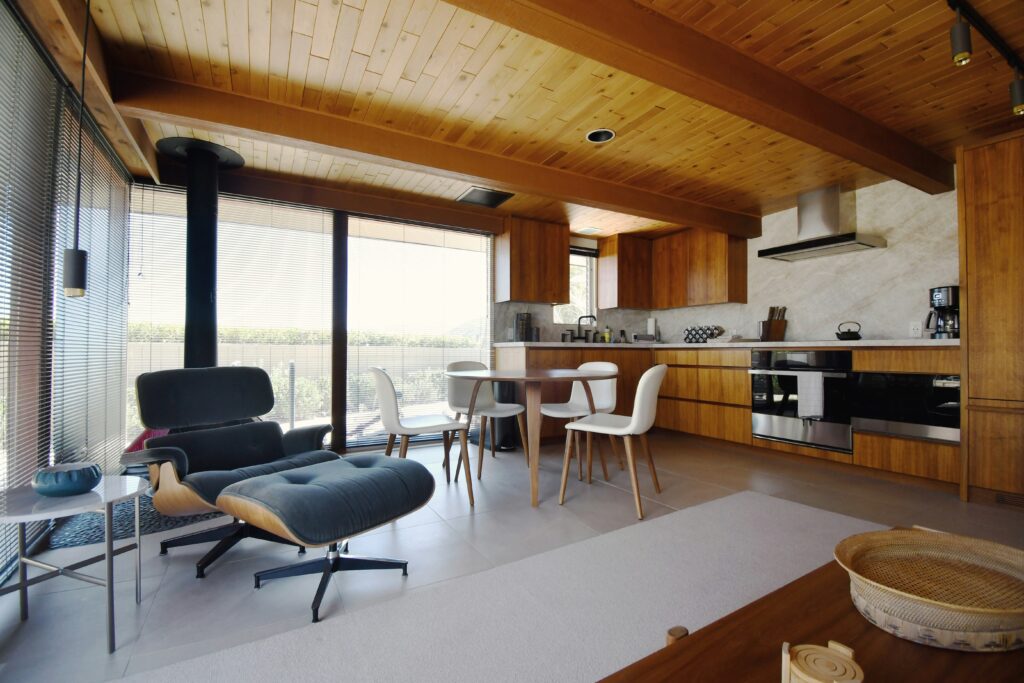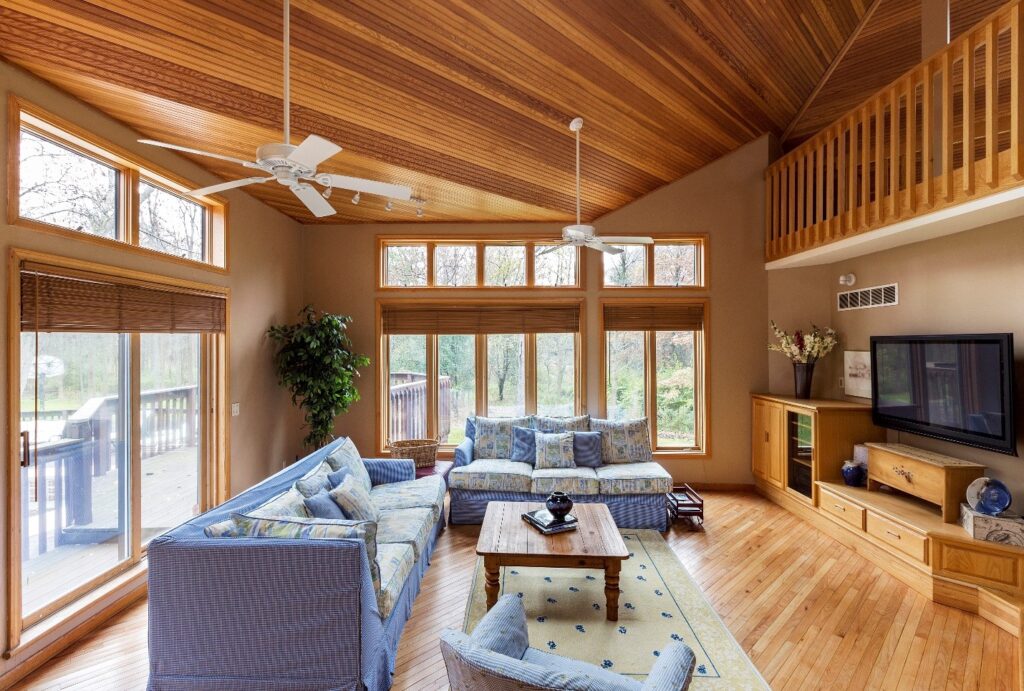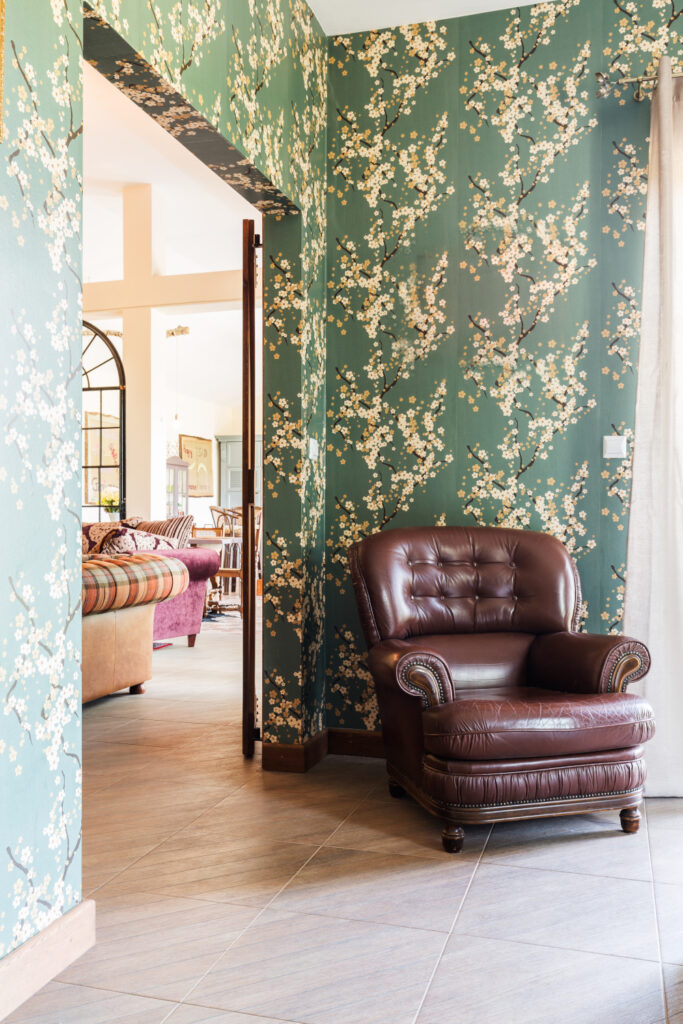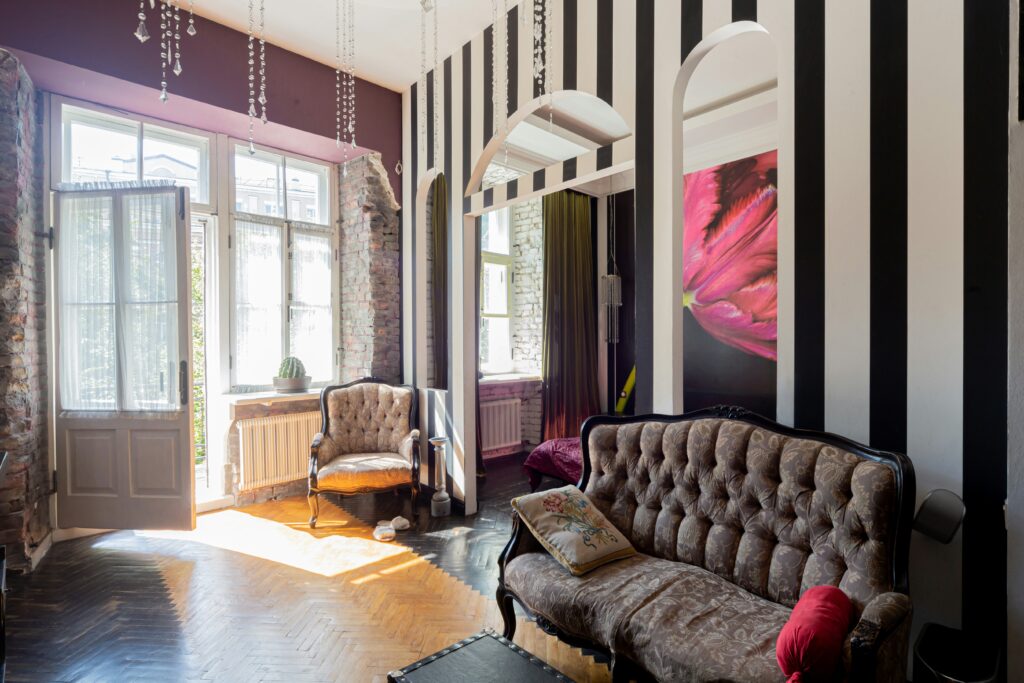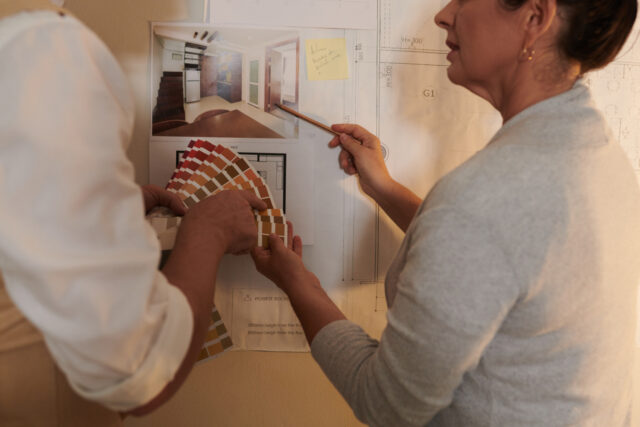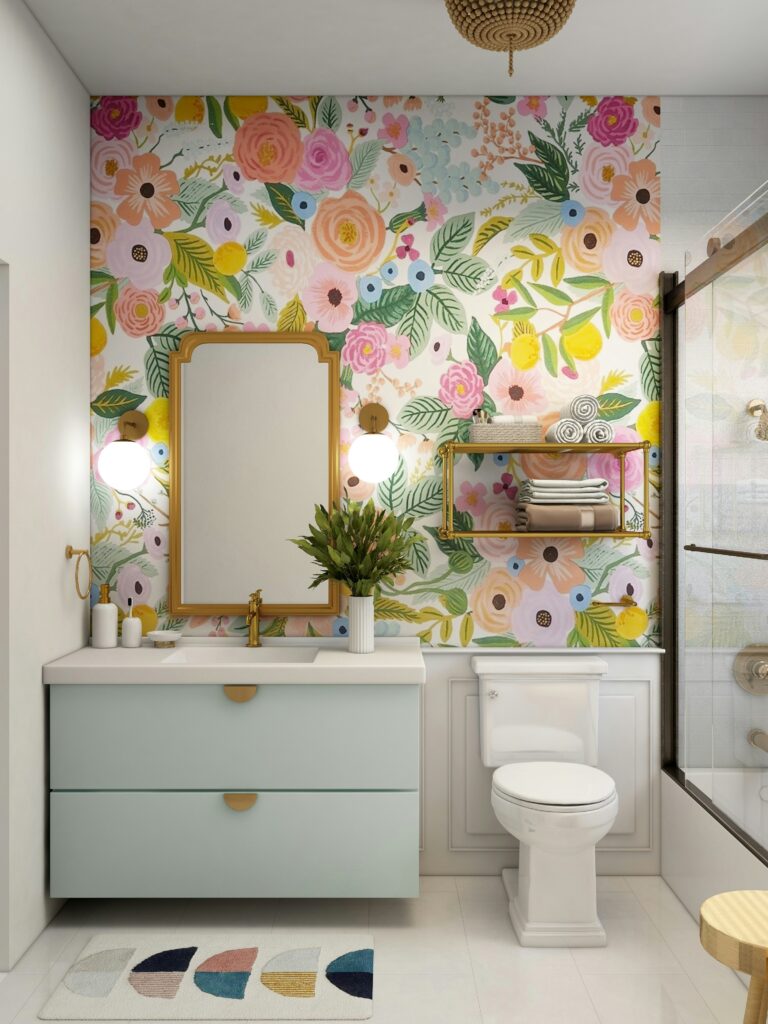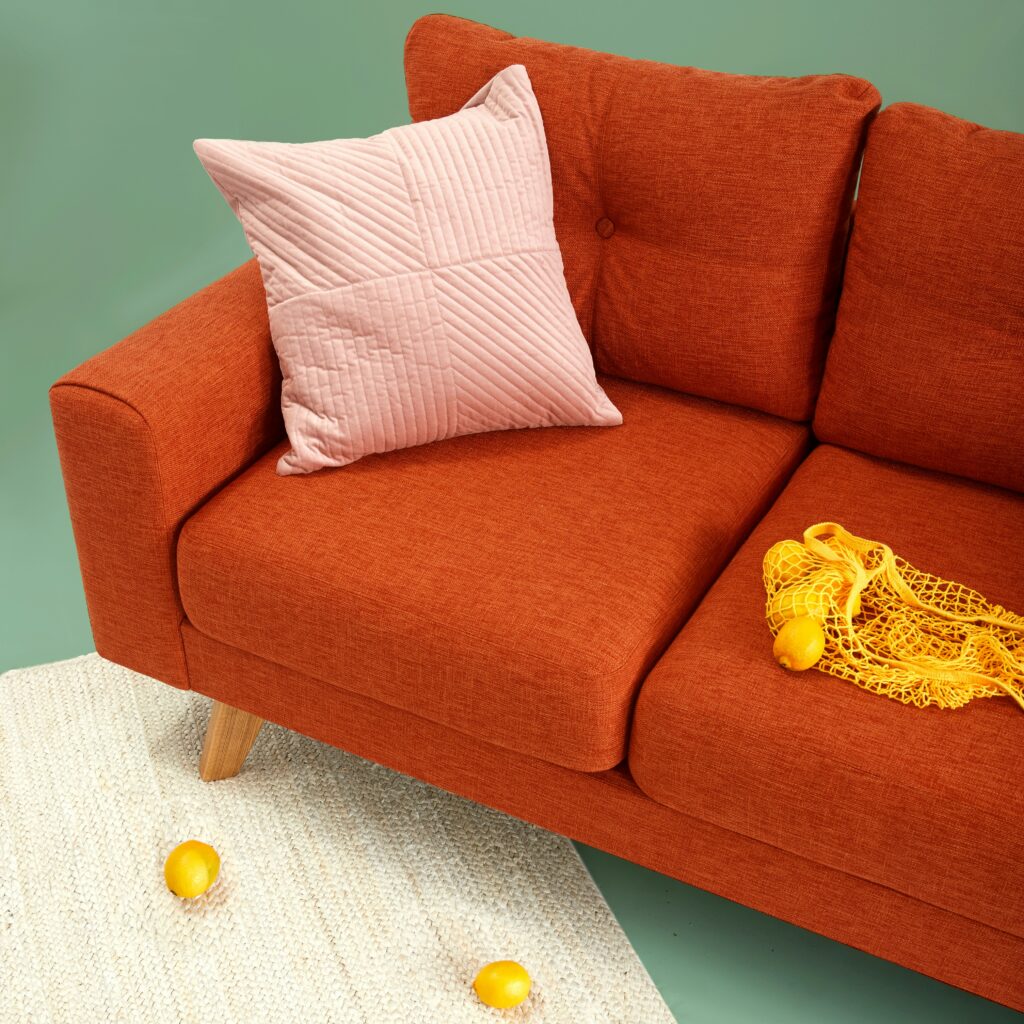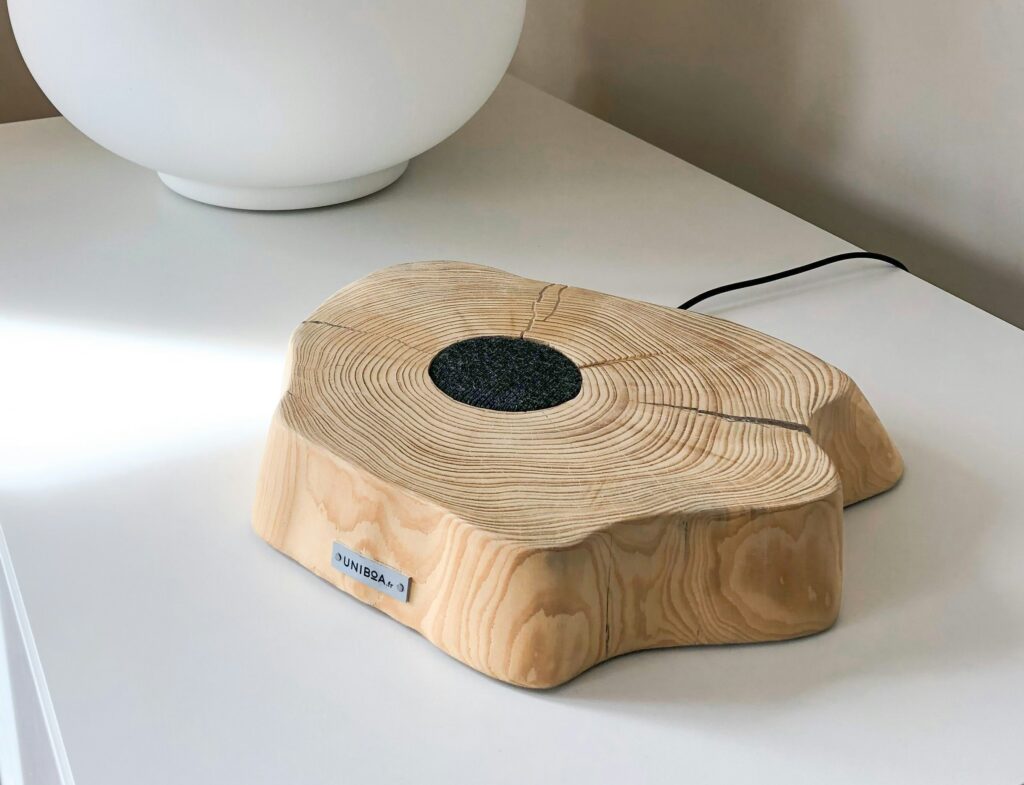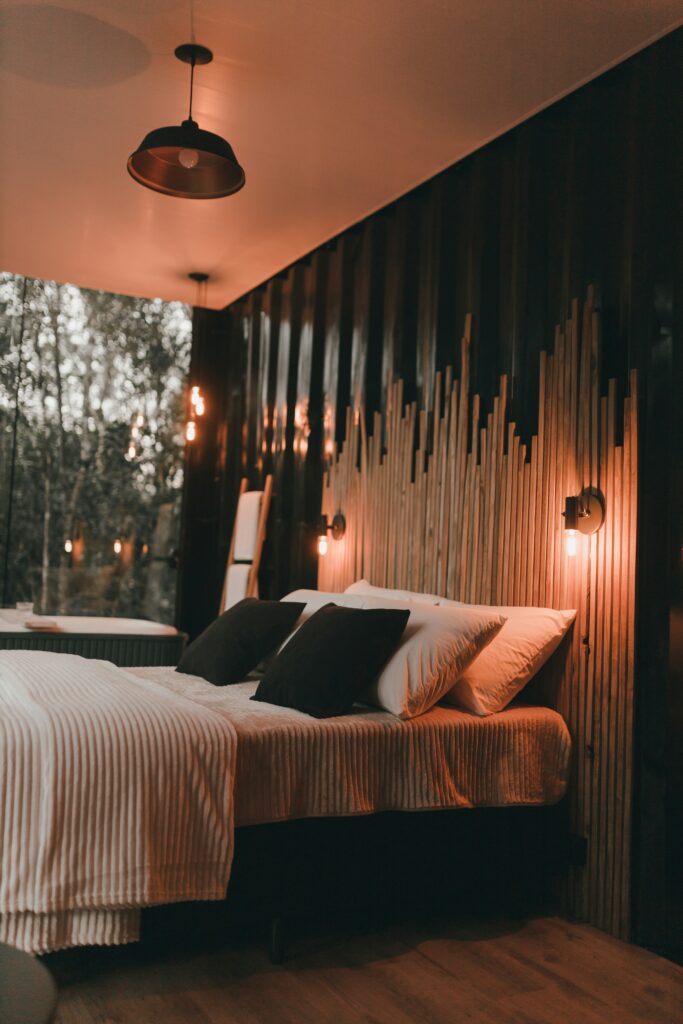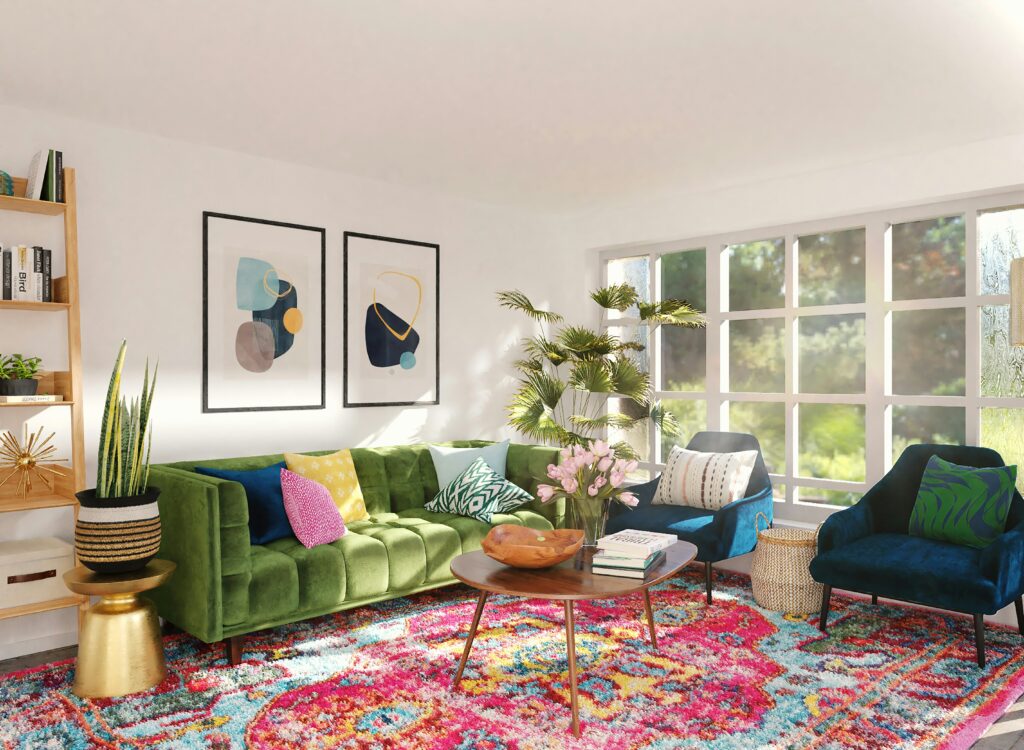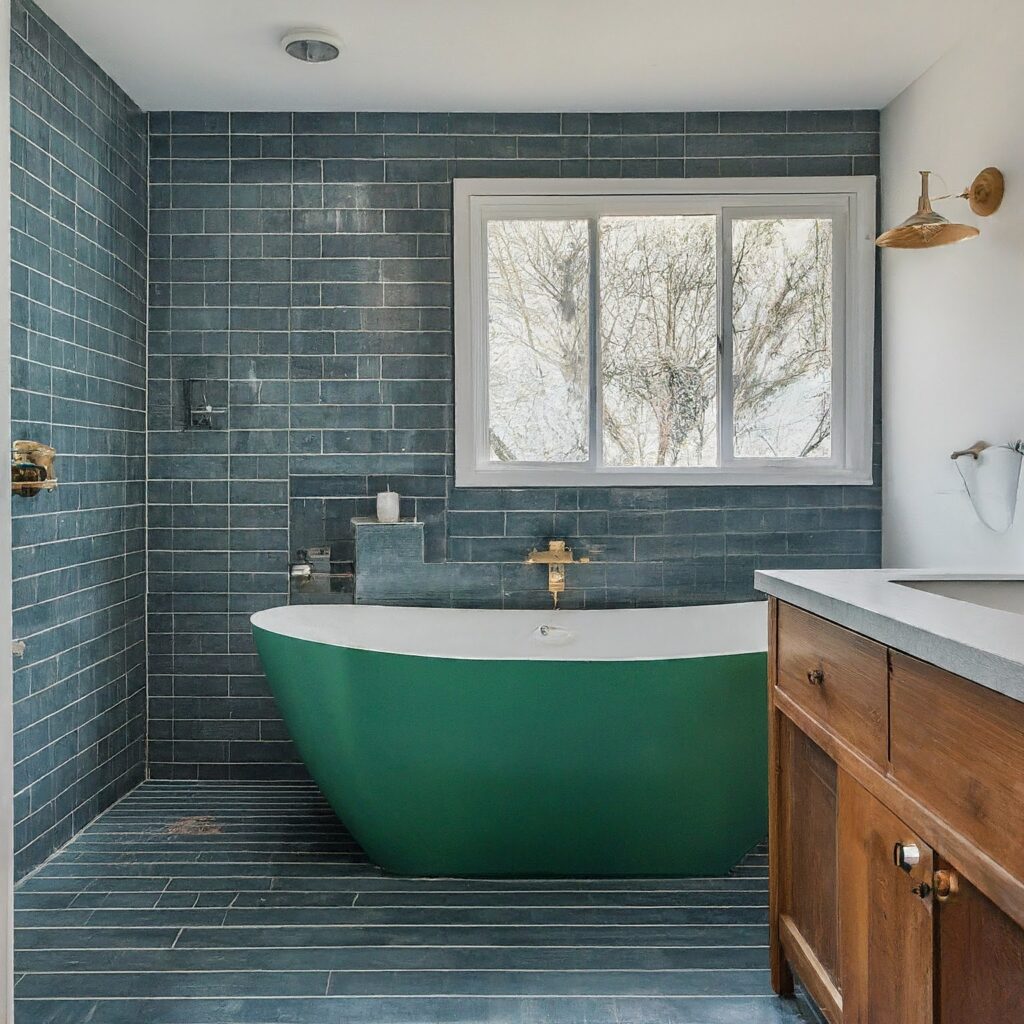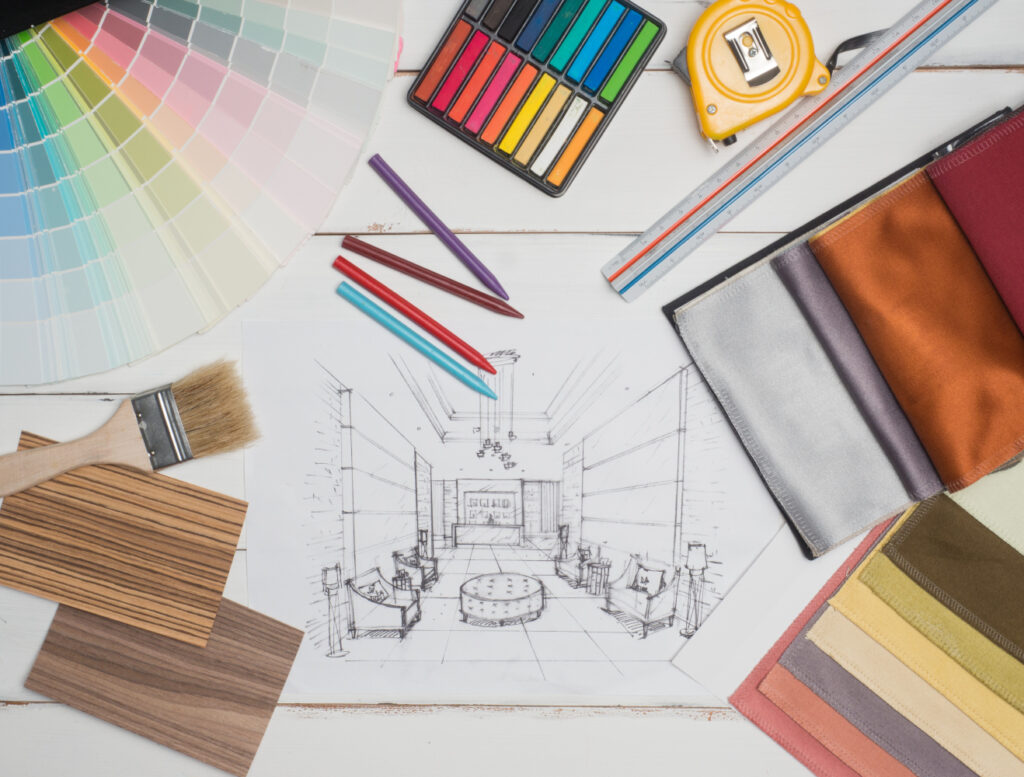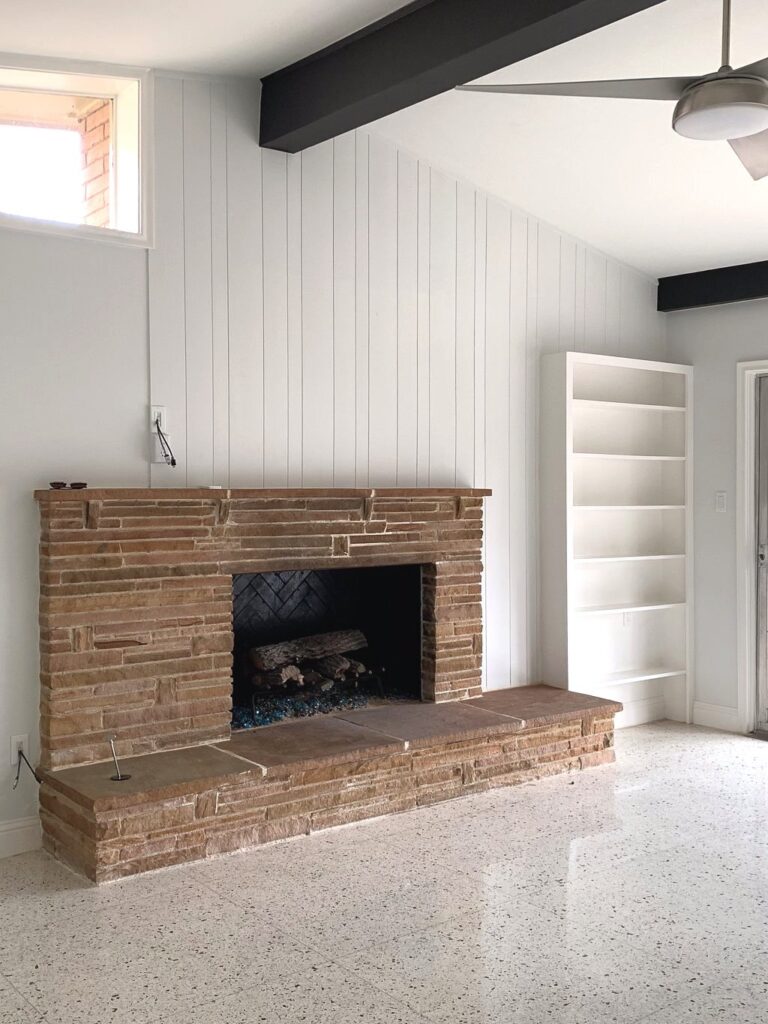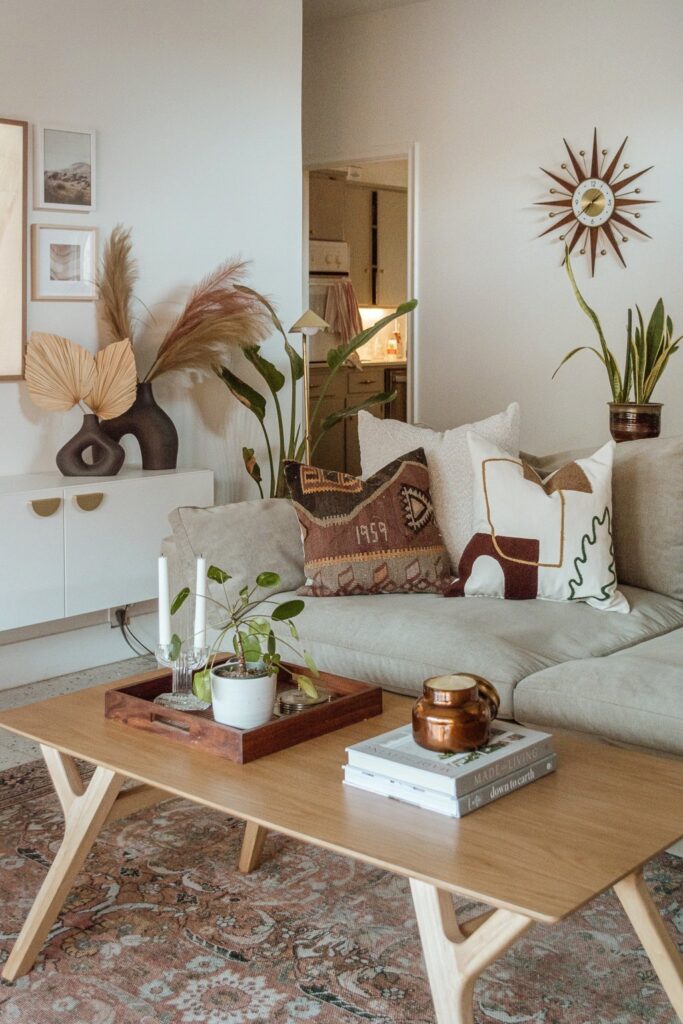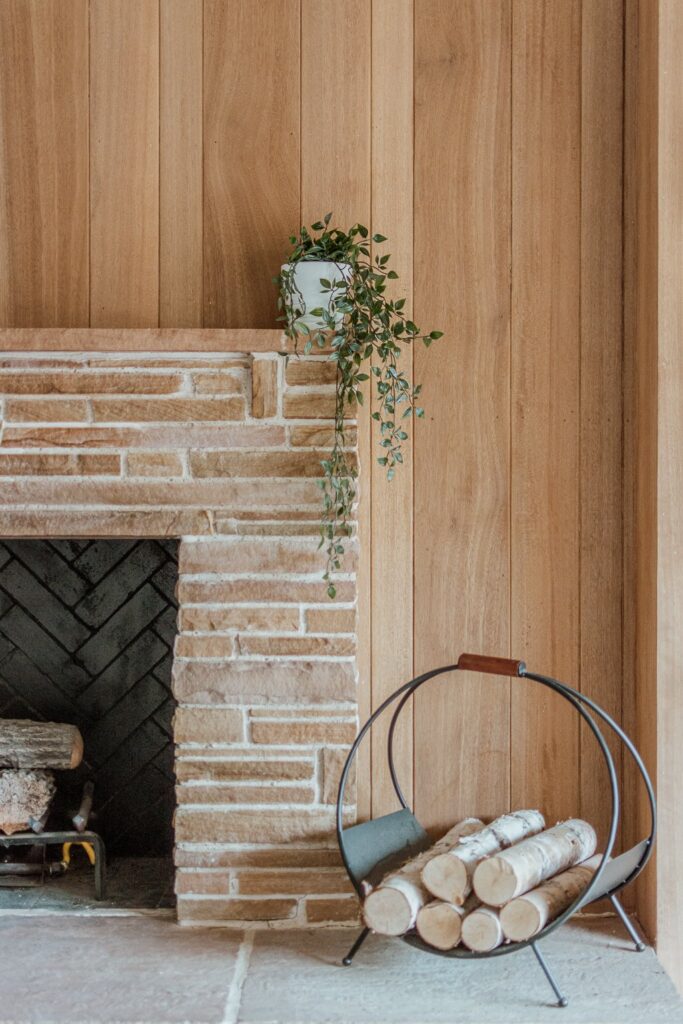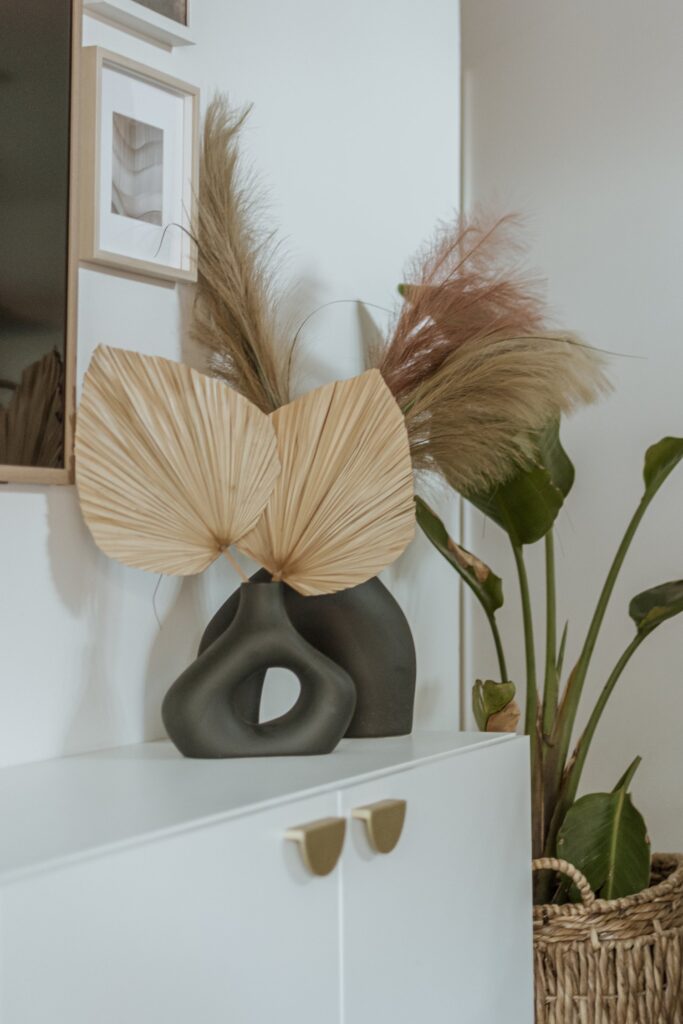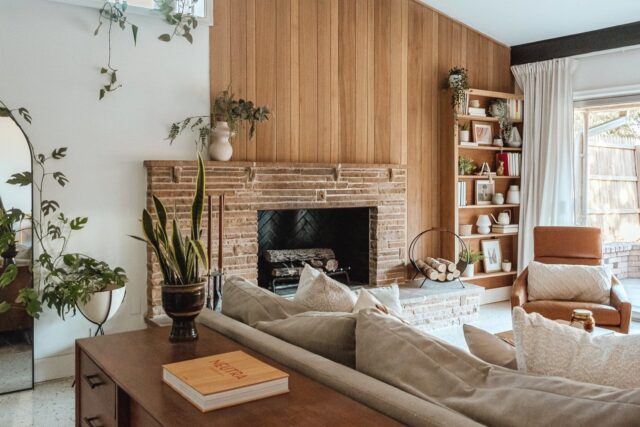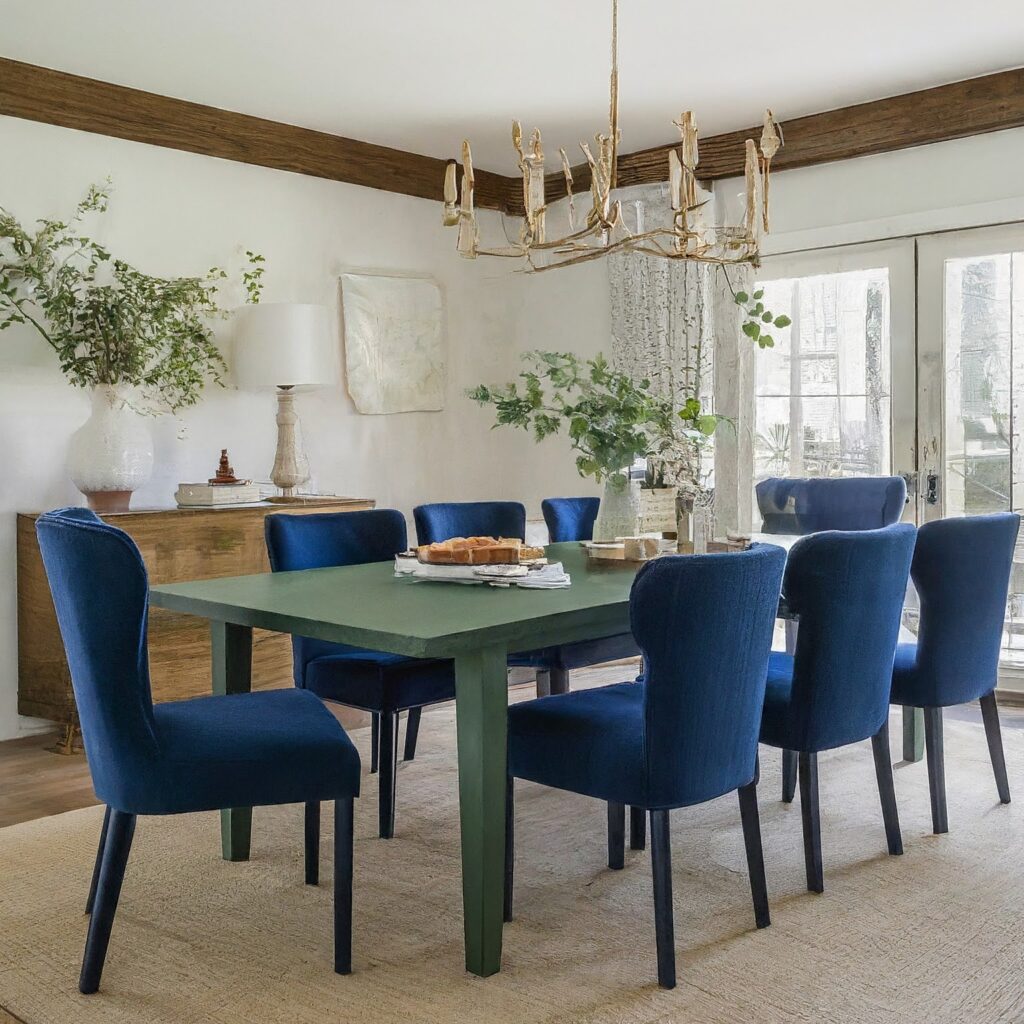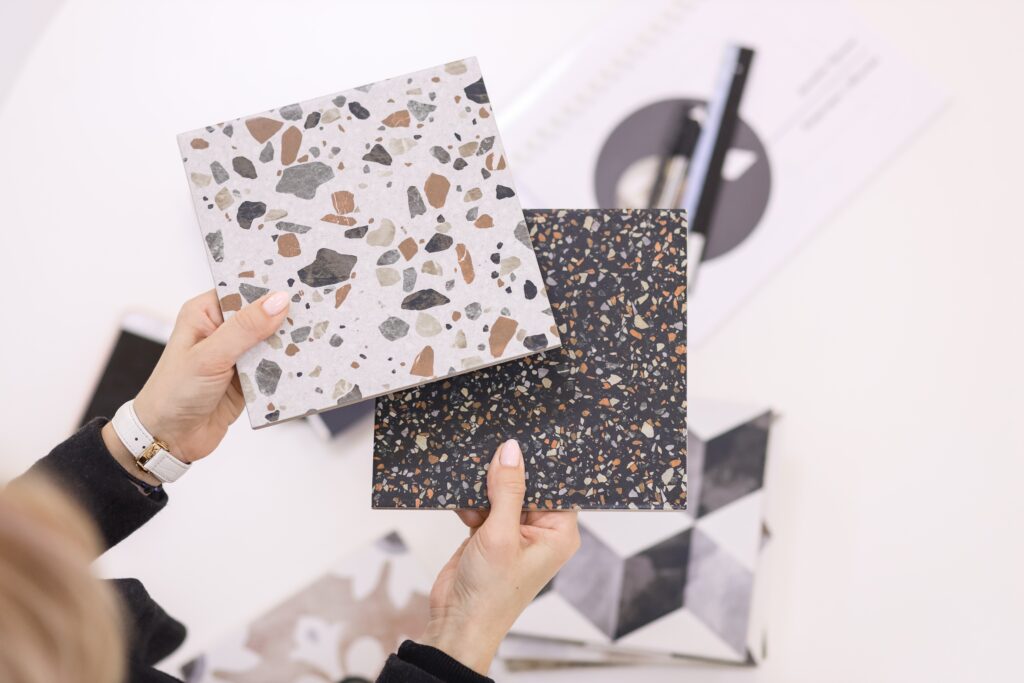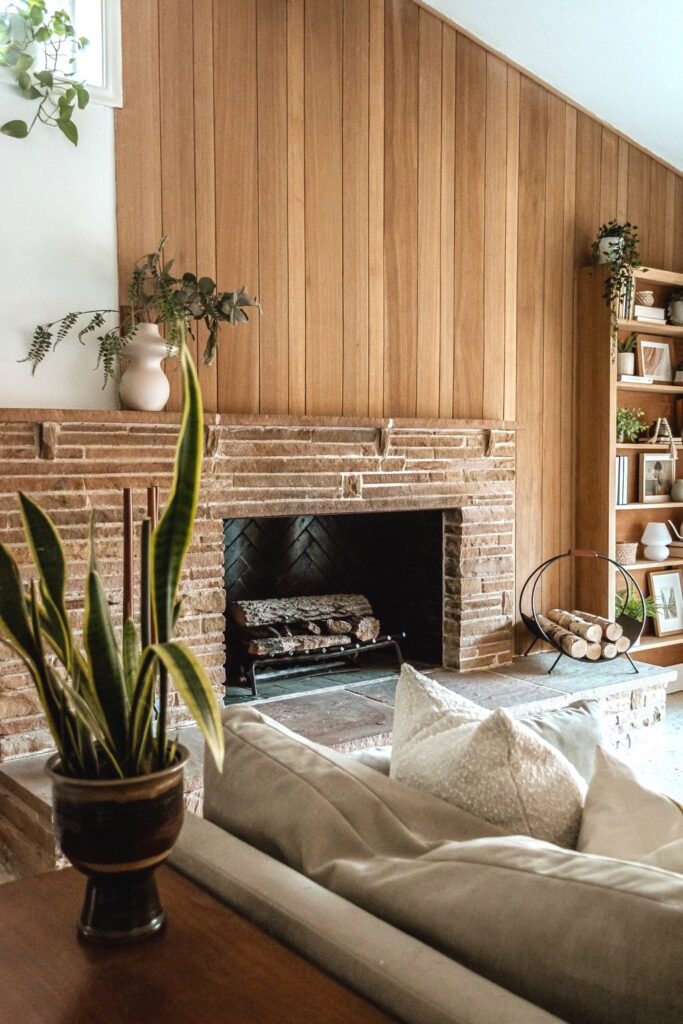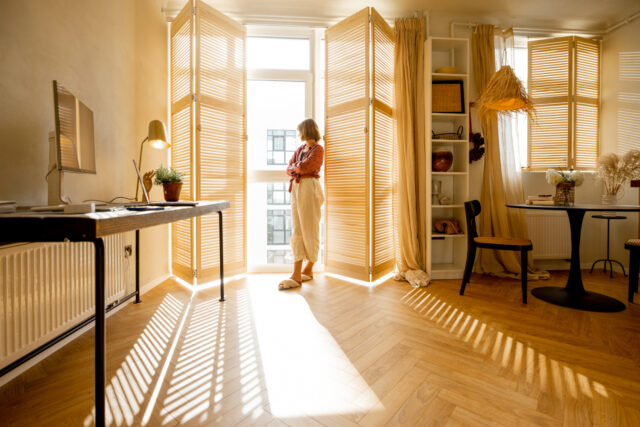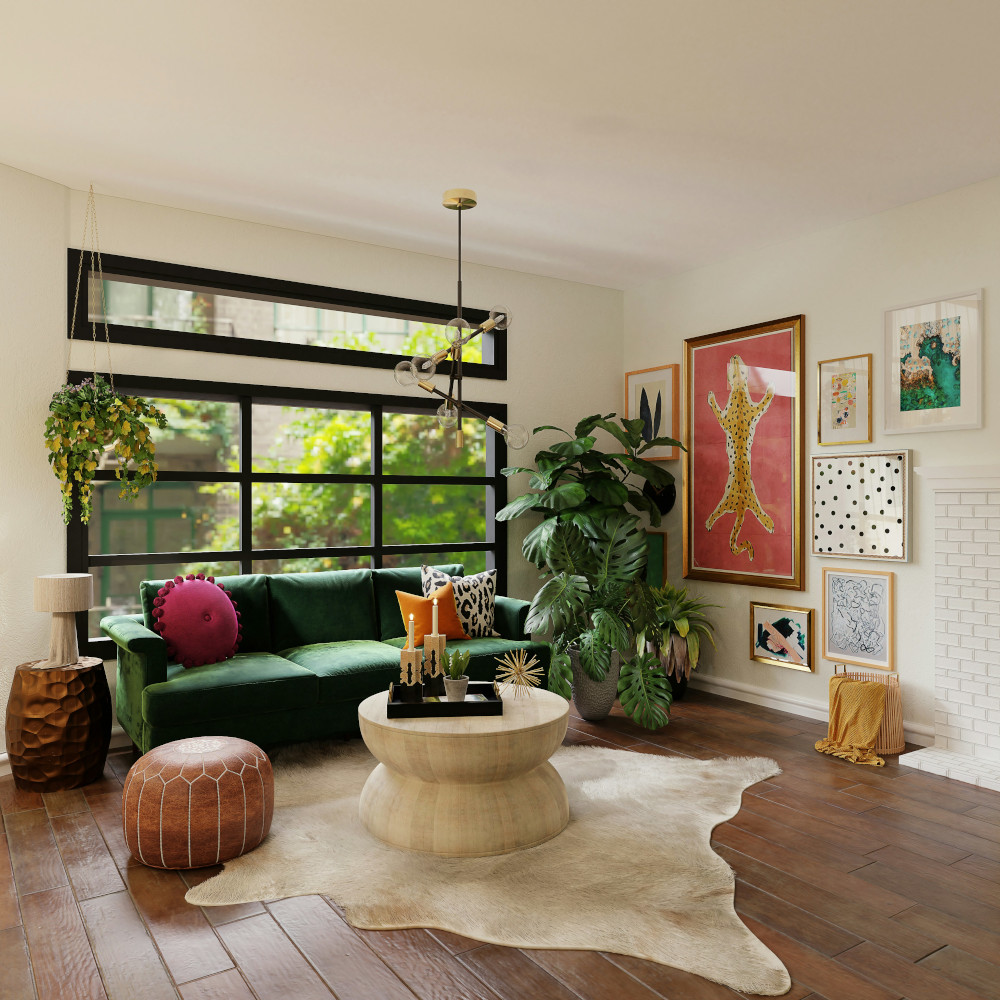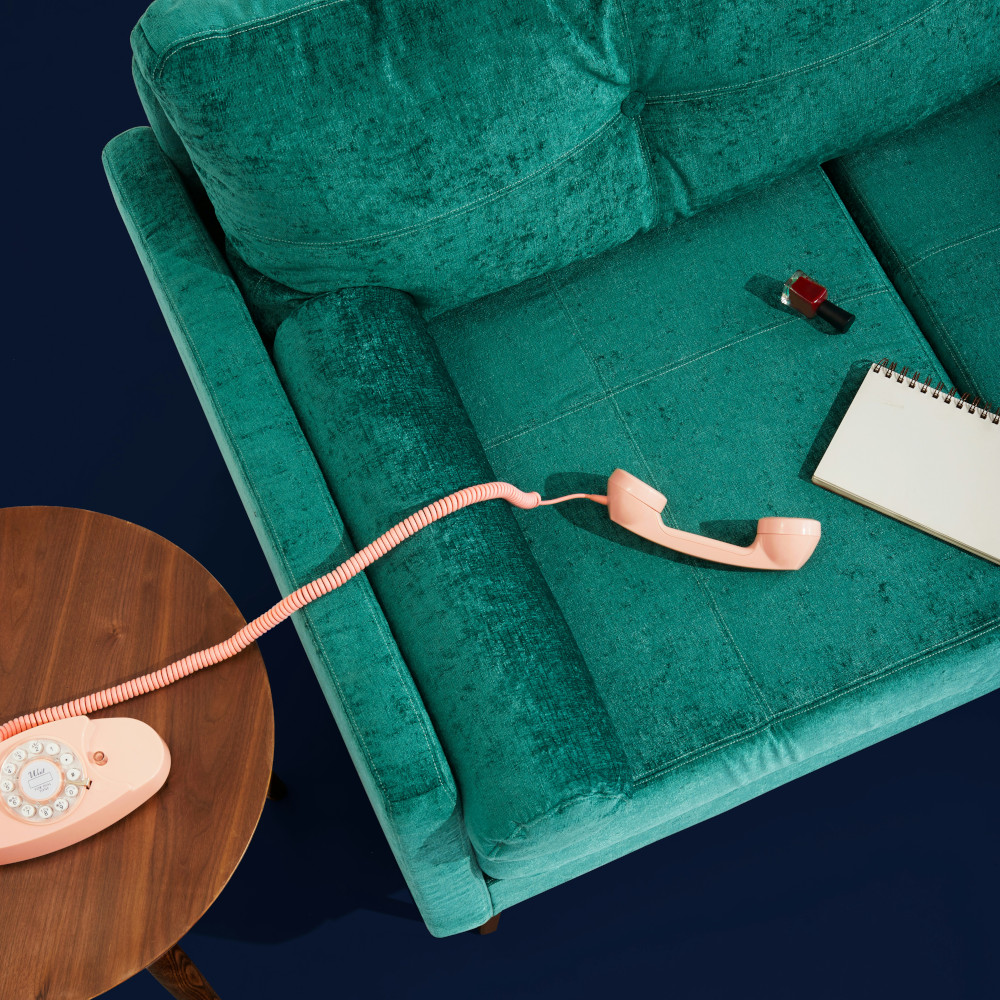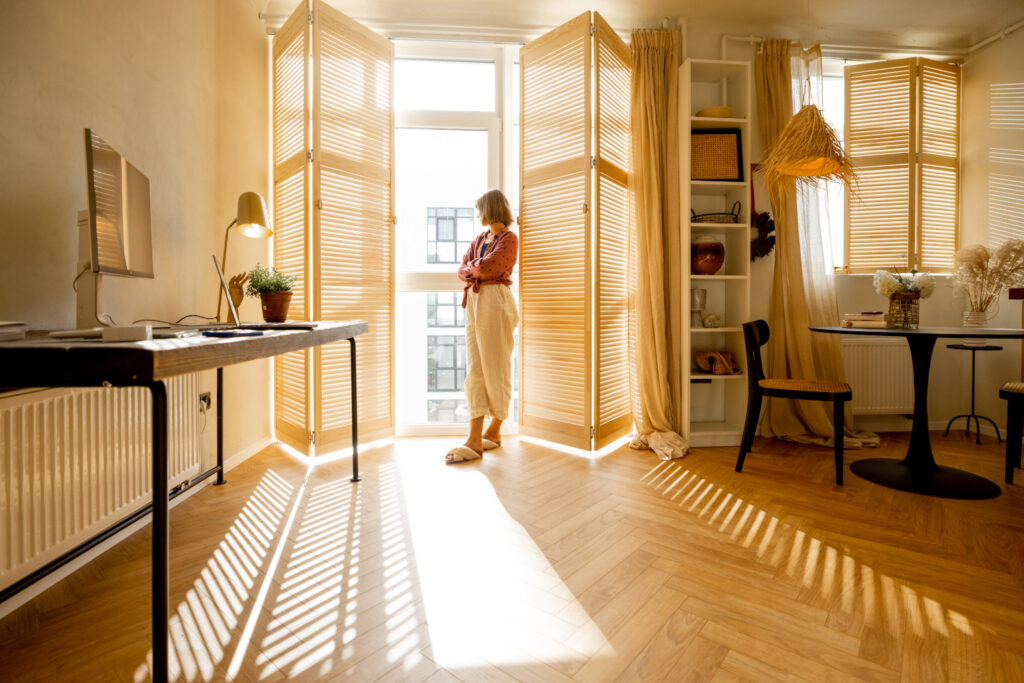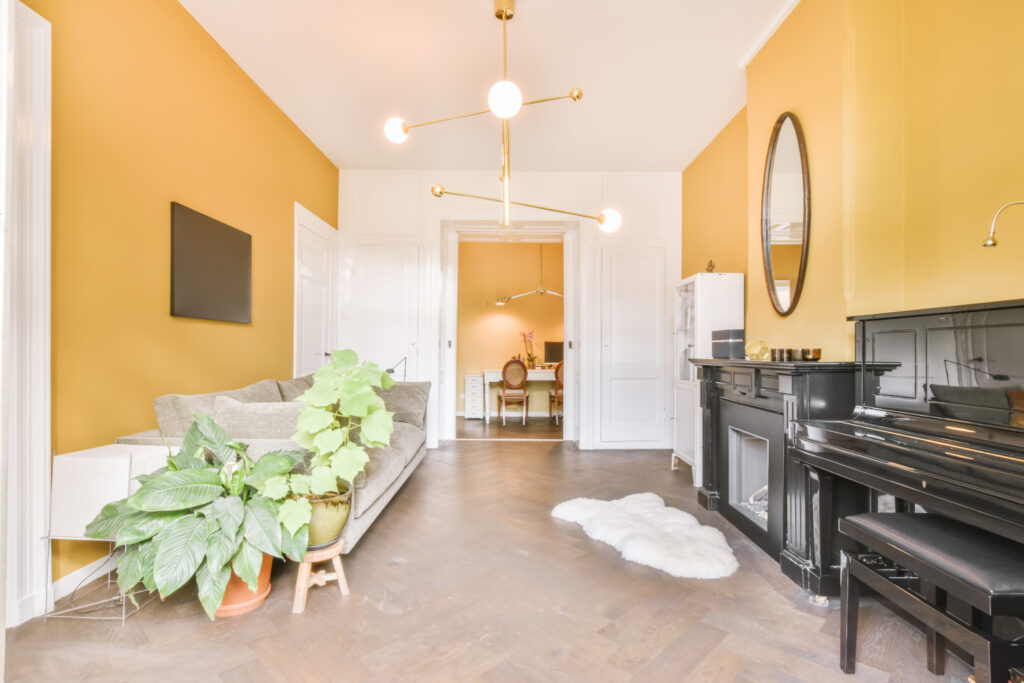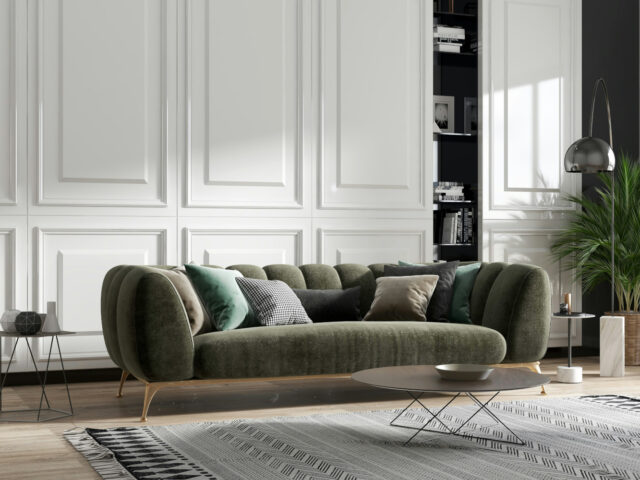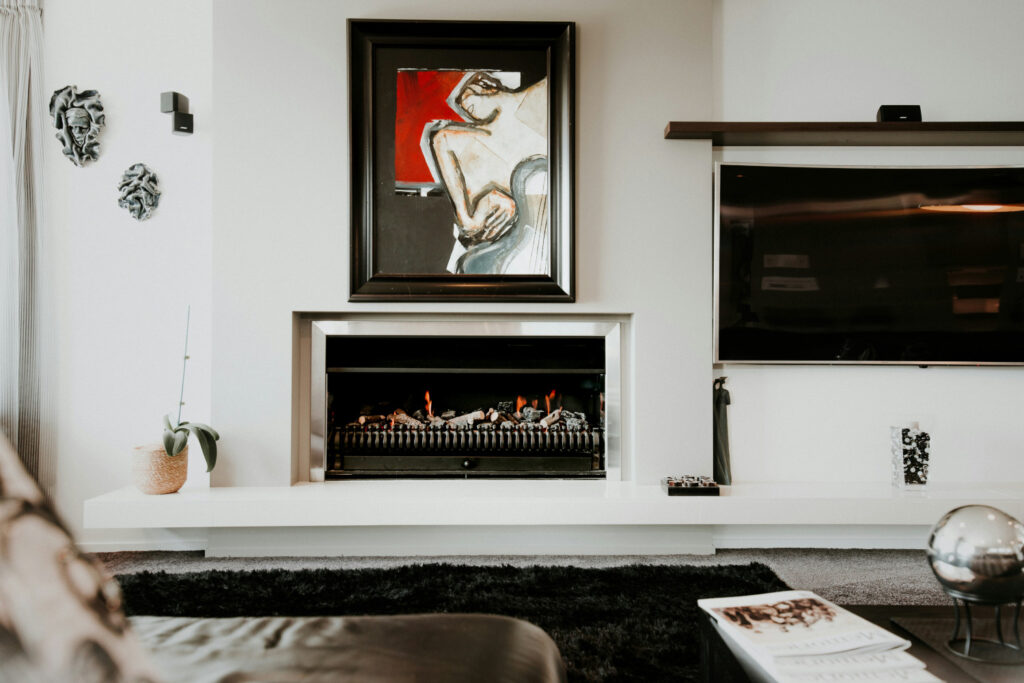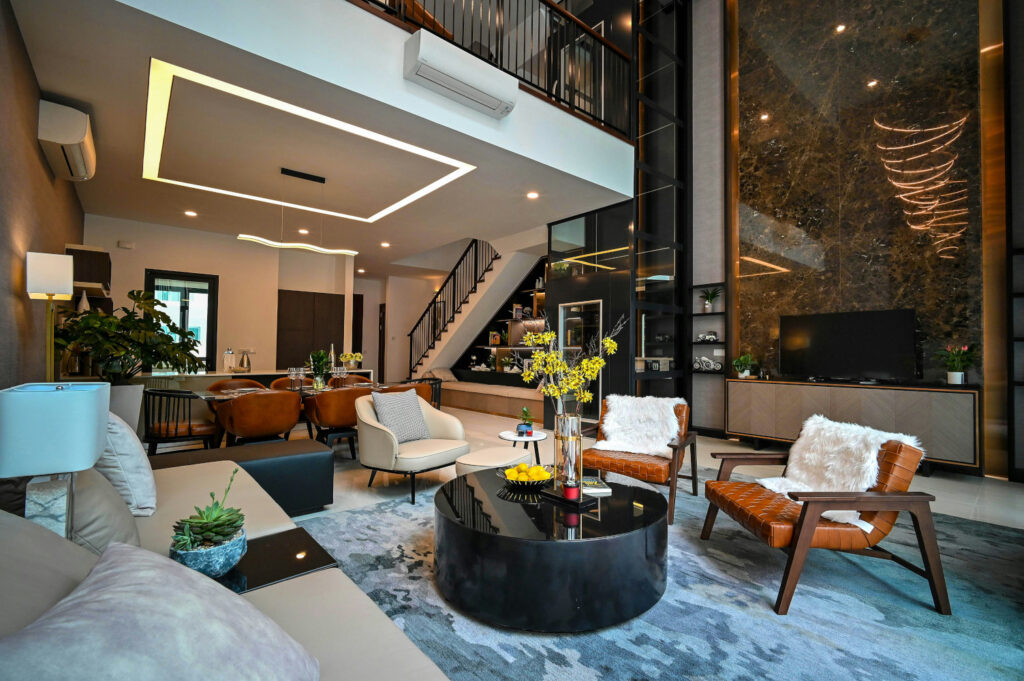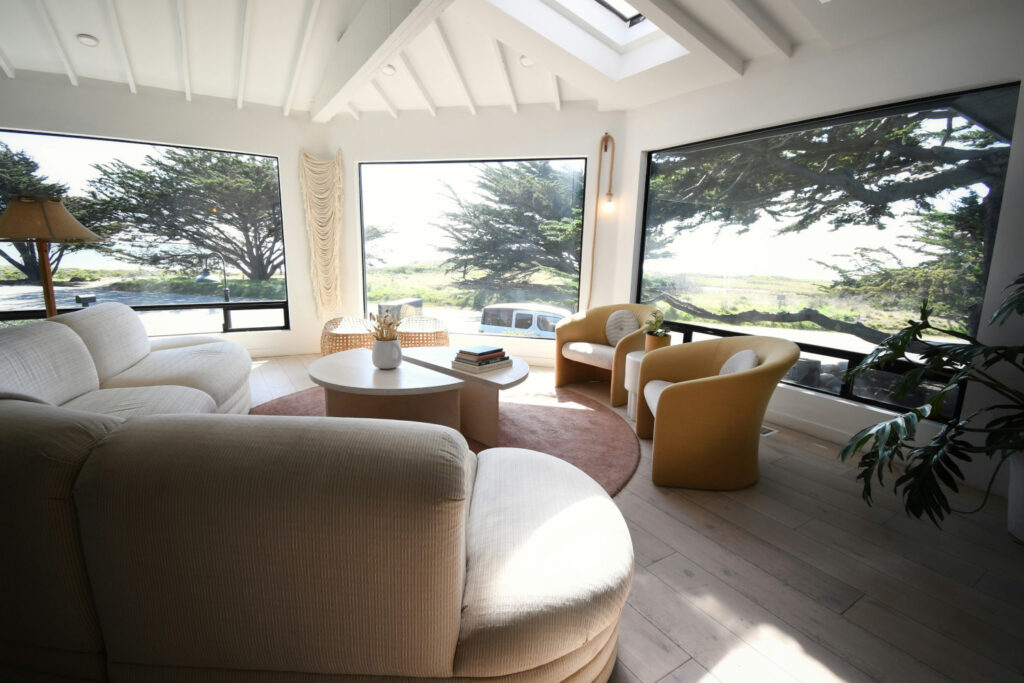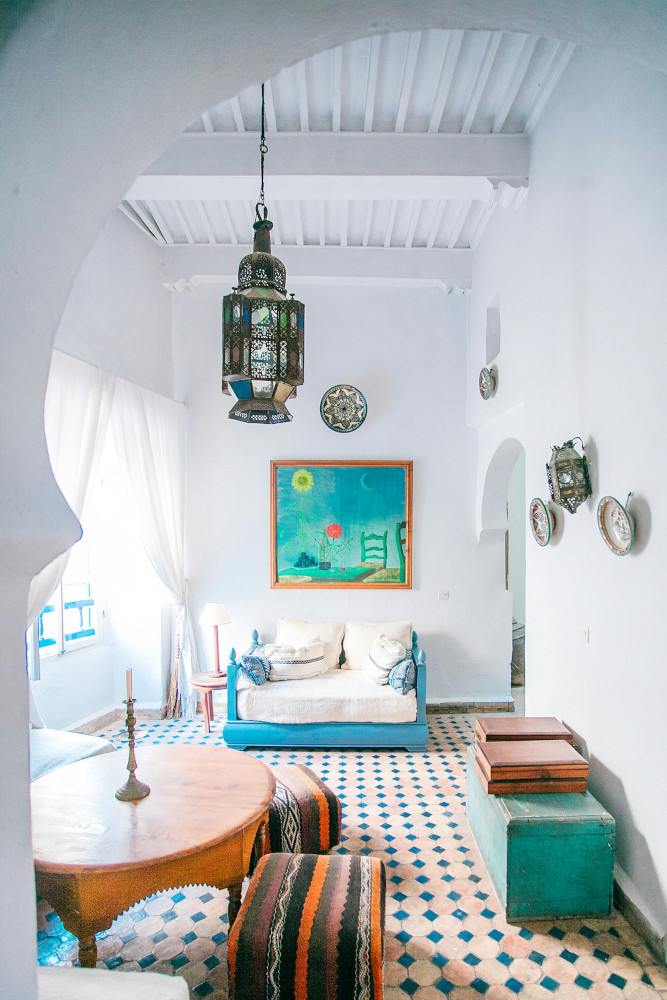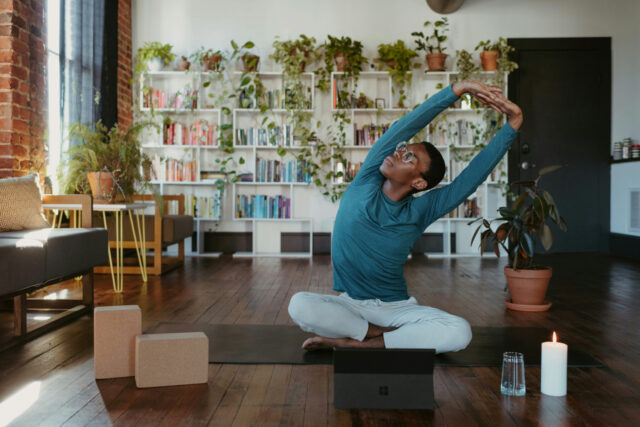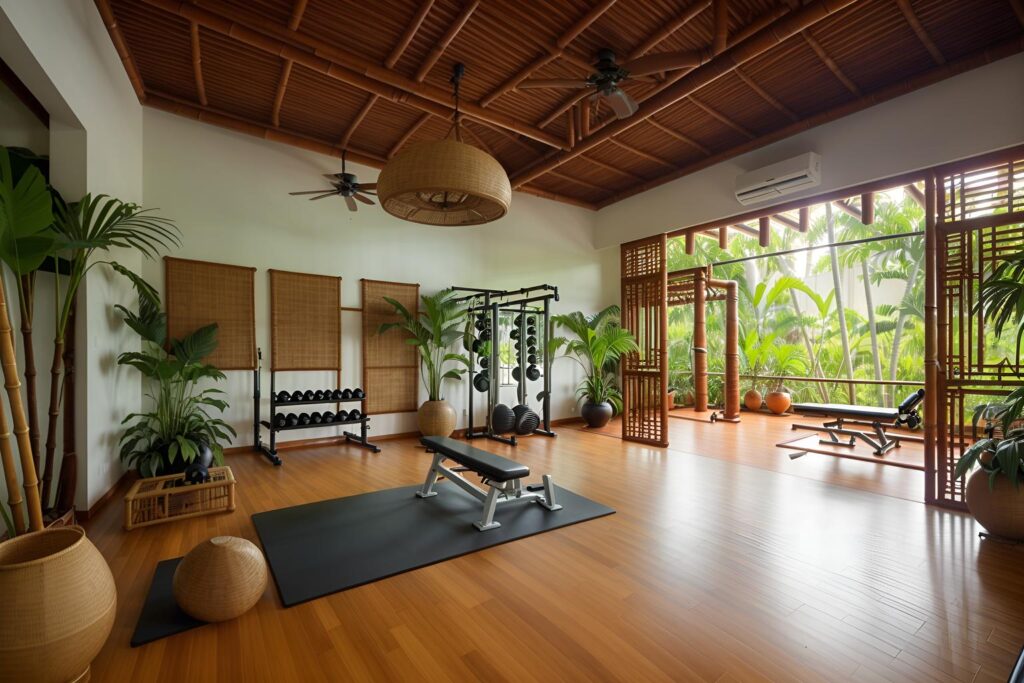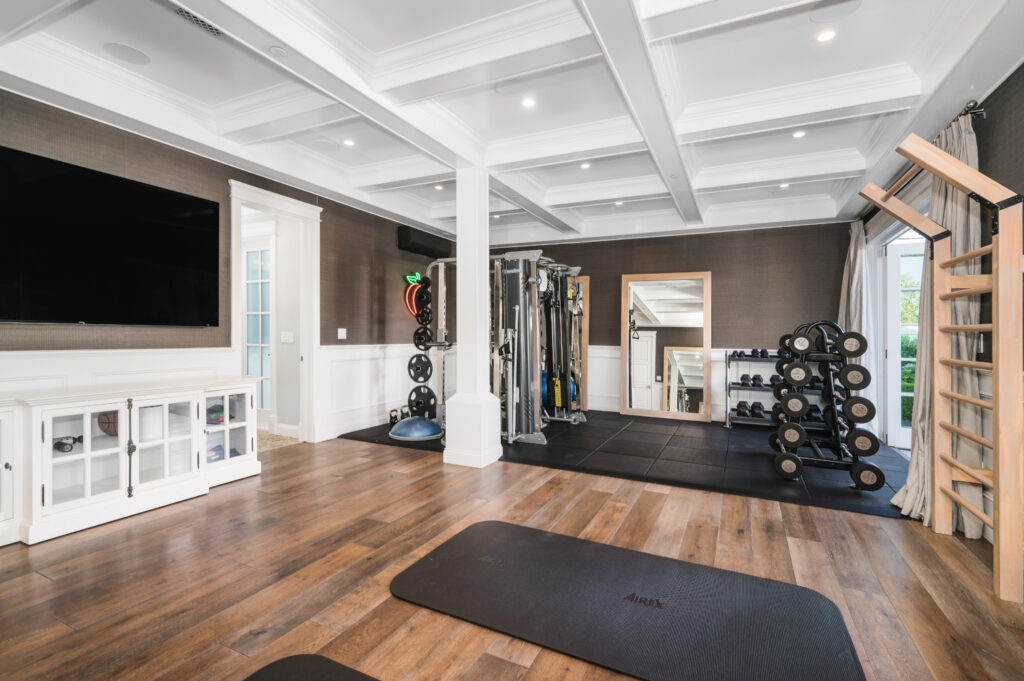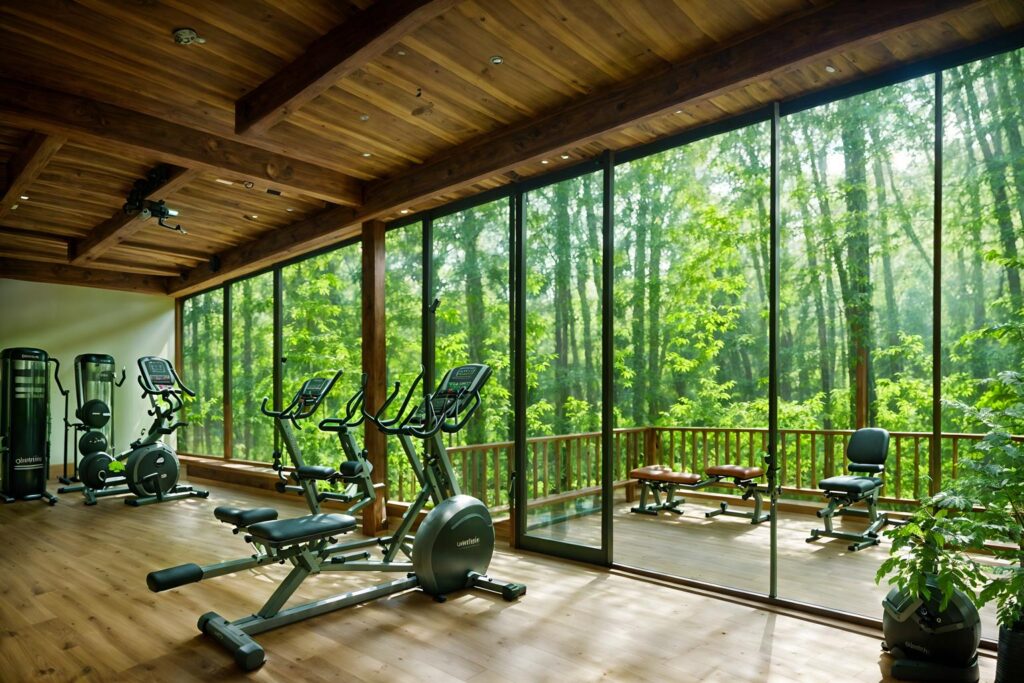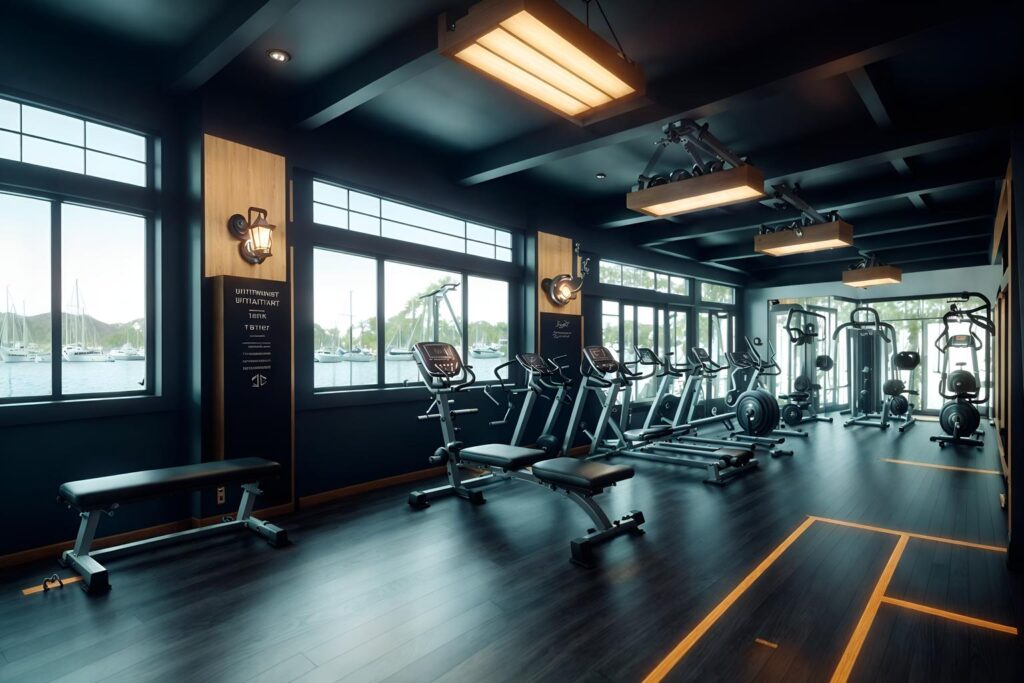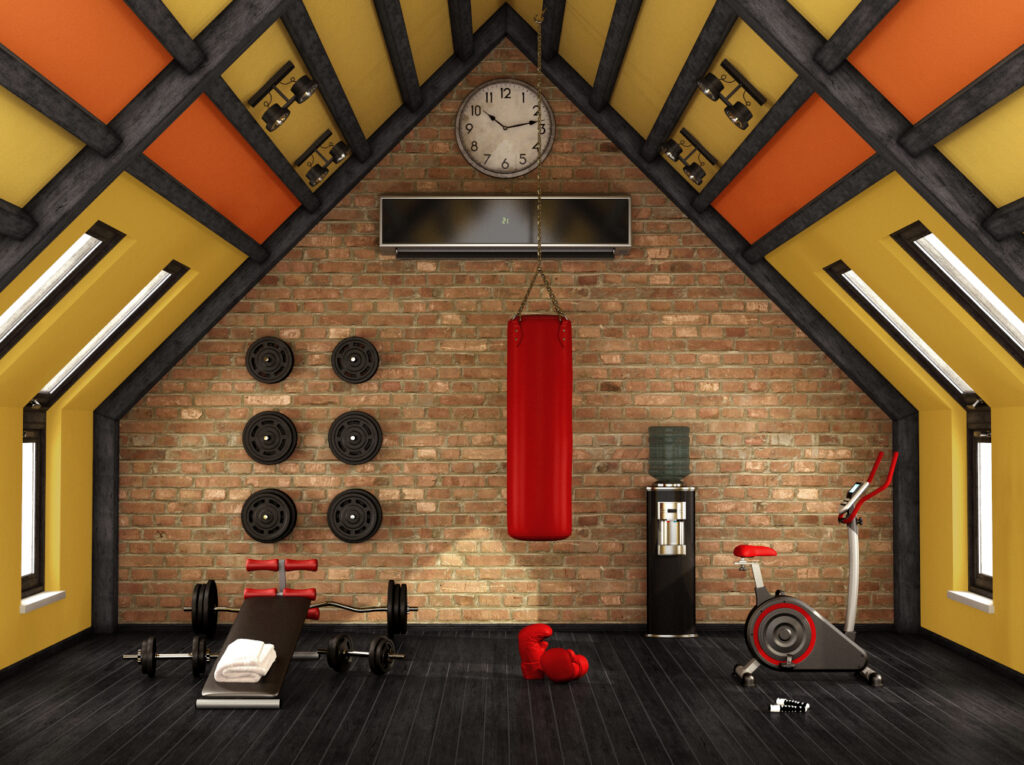From Blueprint to Reality: Partnering with a Contractor Who Gets It
A successful interior design project often hinges on the expertise and reliability of the general contractor. This crucial role involves overseeing the entire construction process, from securing permits to managing subcontractors. However, finding the right contractor can be a daunting task. In this guide, we’ll delve into the essential factors to consider when selecting a general contractor and fostering a productive working relationship that is a blueprint for success.
Where to Start
Top designers recommend finding at least three general contractors to have your clients meet with and consider before making any decisions. This allows for your clients to get a feel for the market and establish expectations early on. Here are a few ways to track down candidates for your search:
- Leverage Your Network: Recommendations from trusted colleagues, clients, or industry professionals can be invaluable.
- Online Directories: Websites like AD PRO Directory, Yelp or Angi offer curated lists of qualified general contractors.
- Social Media: Explore Instagram for visually appealing projects and potential connections.
- Local Resources: Look around! Check for lawn signs or inquire about local contractors in your area.
Selecting the Right Fit
Selecting the ideal general contractor involves a careful evaluation of their individual skills, professional connections, and personal approach. Every builder brings a unique combination of these elements to the table. To find the perfect match for your specific project, it’s essential to invest time in thorough research and personal interviews. While this process may seem daunting at first, the effort you put in will ultimately be rewarded with a successful partnership and a high-quality outcome. Here are some key considerations for your search:
- Experience and Expertise: Look for contractors with a proven track record in similar projects.
- Communication Skills: Effective communication is crucial for avoiding misunderstandings and ensuring a smooth workflow.
- Project Management: A well-organized contractor can streamline the process and minimize delays.
- Financial Stability: Ensure the contractor has a solid financial standing to avoid potential disruptions.
- Insurance and Licensing: Verify that the contractor is properly insured and licensed to operate in your area.
- References: Request references from previous clients to assess their satisfaction and experience.
Crafting a Successful Working Relationship
The key to a successful relationship with your general contractor lies in effective communication. The timing, method, and frequency of your interactions will significantly impact the overall project experience. By establishing clear communication channels and maintaining regular contact, you can ensure that everyone is on the same page and that the project progresses smoothly. Here are some tips:
- Clear Communication: Establish open lines of communication from the outset to avoid misunderstandings.
- Detailed Contracts: Clearly outline the scope of work, timelines, and payment terms in a written contract.
- Regular Updates: Schedule regular meetings or check-ins to monitor progress and address any concerns.
- Mutual Respect: Foster a collaborative and respectful environment to ensure a positive working relationship.
- Open Dialogue: Be open to discussing challenges or changes and find solutions together.
- Shared Vision: Ensure that the contractor aligns with your design aesthetic and project goals.
- Flexibility and Adaptability: Be prepared to adapt to unforeseen challenges and changes.
- Transparency: Maintain open and honest communication about project costs, timelines, and any potential issues.
- Trust and Respect: Build trust and respect between you and the contractor.
Some Additional Considerations
When selecting a general contractor, it’s crucial to gather multiple bids from different companies to ensure fair pricing. Beware of suspiciously low offers, as they may indicate potential quality issues or hidden costs. Trust your instincts and don’t hesitate to explore other options if something feels amiss.
The complexity of your project should also influence your contractor choice. Larger or more intricate projects may require a contractor with more experience or specialized skills. Inquire about the quality and reliability of the subcontractors the contractor works with, as their performance can significantly impact the overall outcome. If possible, visit active job sites to assess the contractor’s work ethic and attention to detail firsthand. By considering these factors, you can make an informed decision and select a general contractor who aligns with your project’s needs and expectations.
Selecting the right general contractor is a critical step in any interior design project. By carefully considering factors such as experience, communication skills, and project management abilities, you can find a partner who will help bring your designs to life. Building a strong working relationship based on trust, open communication, and mutual respect will ensure a successful collaboration and a positive outcome for your client for years to come.




